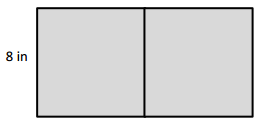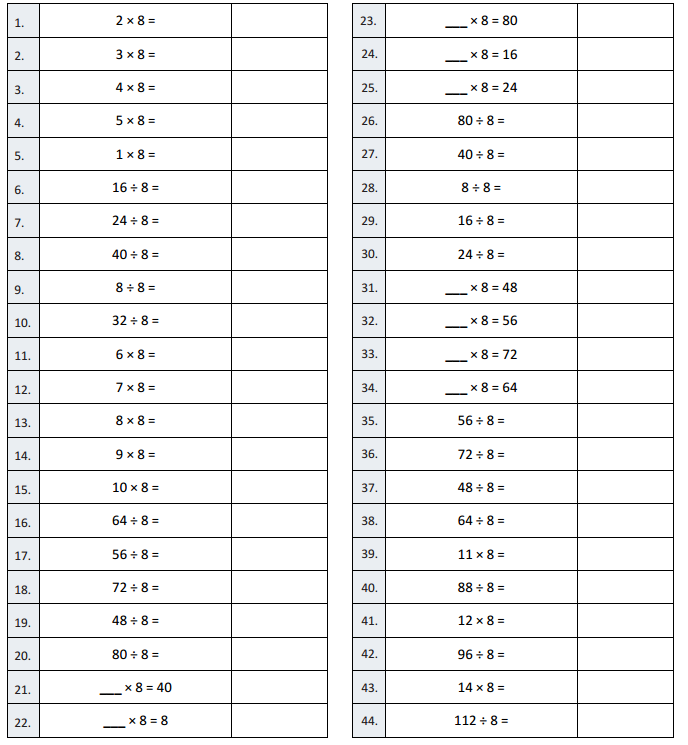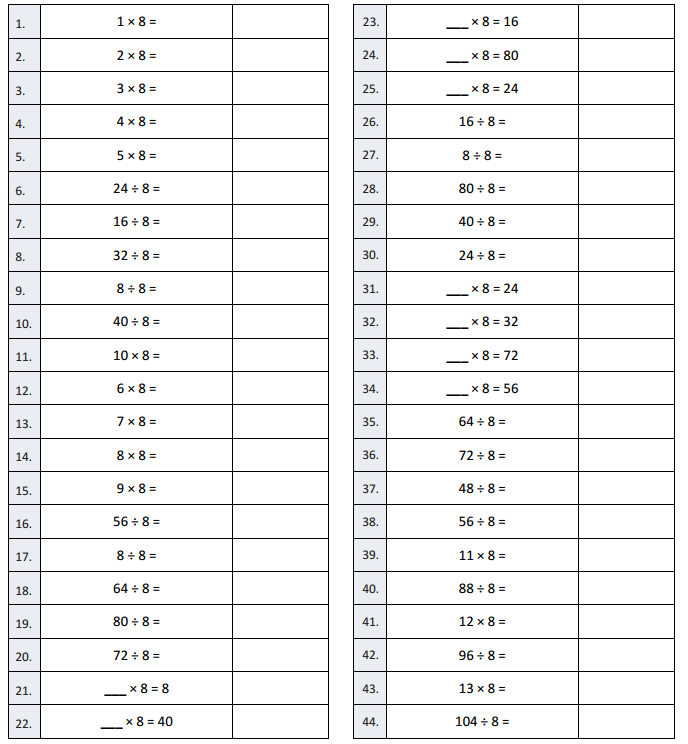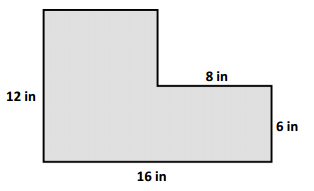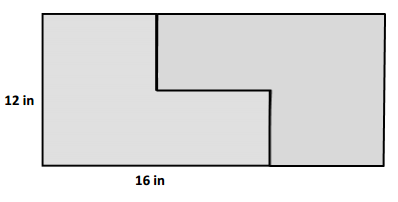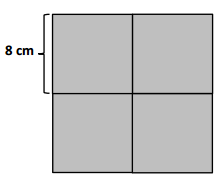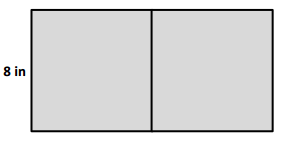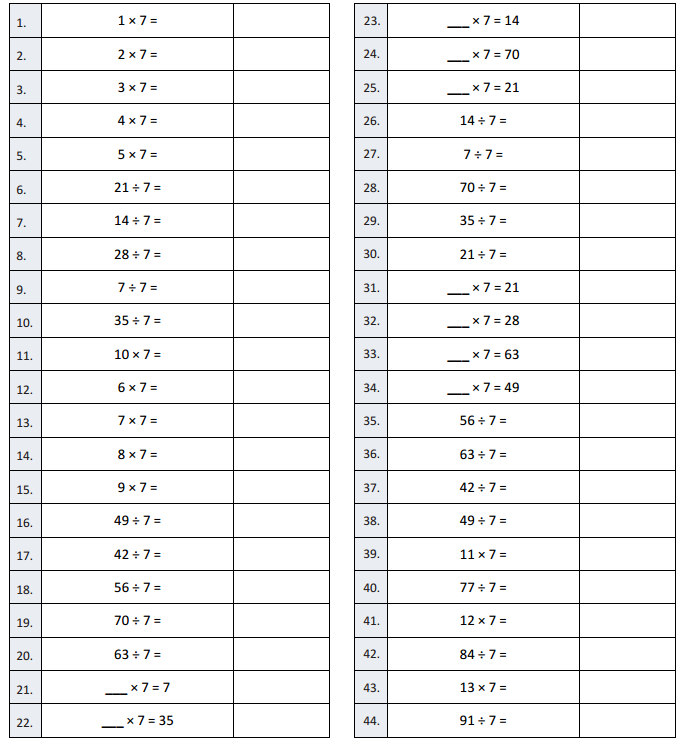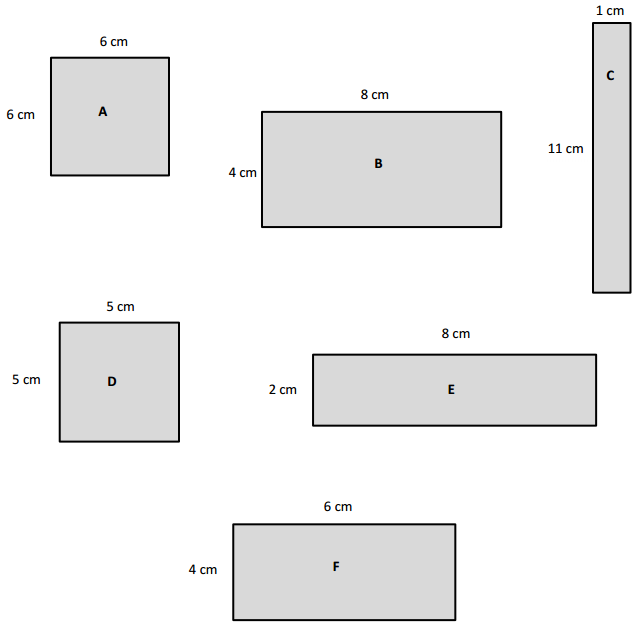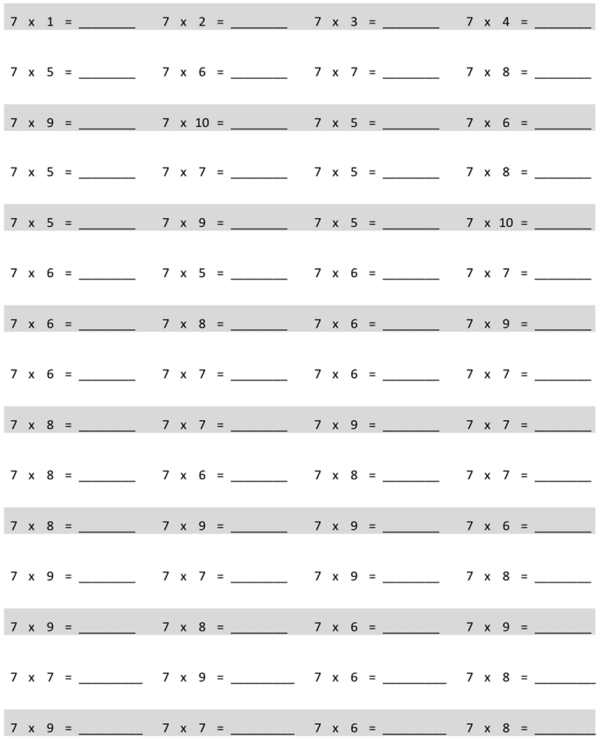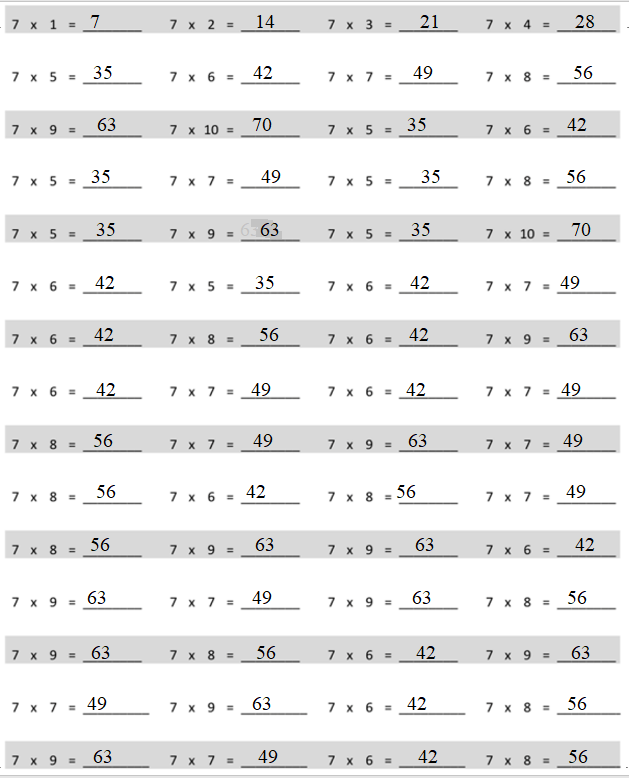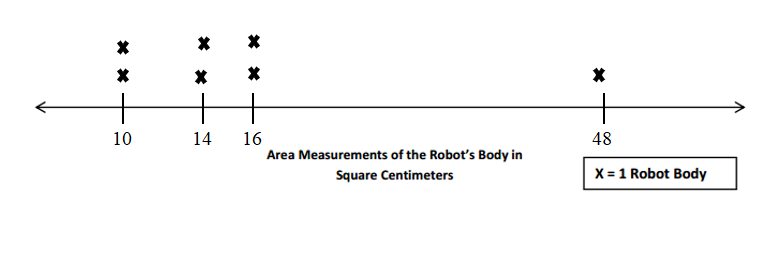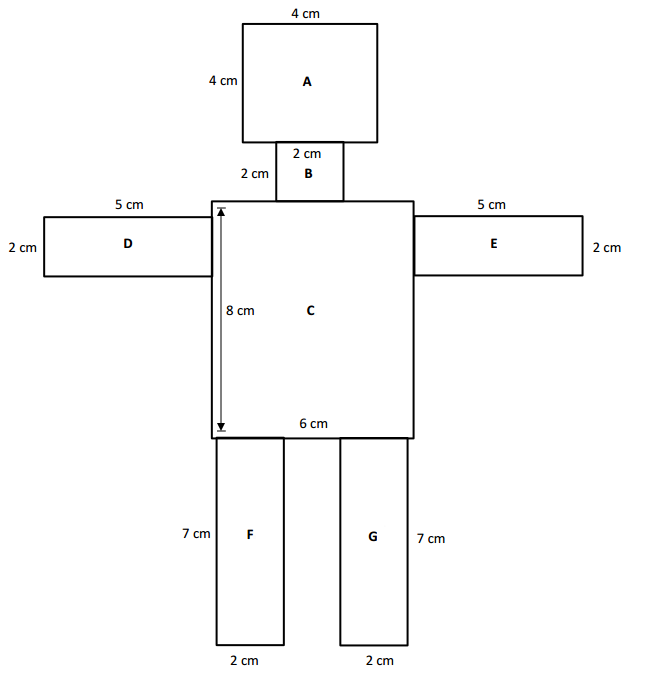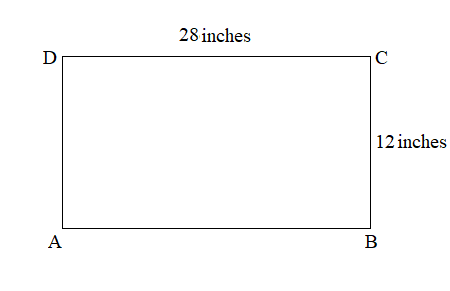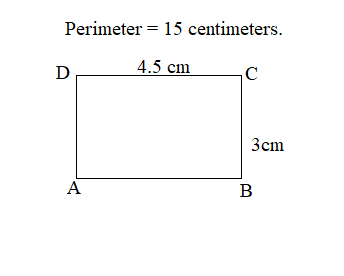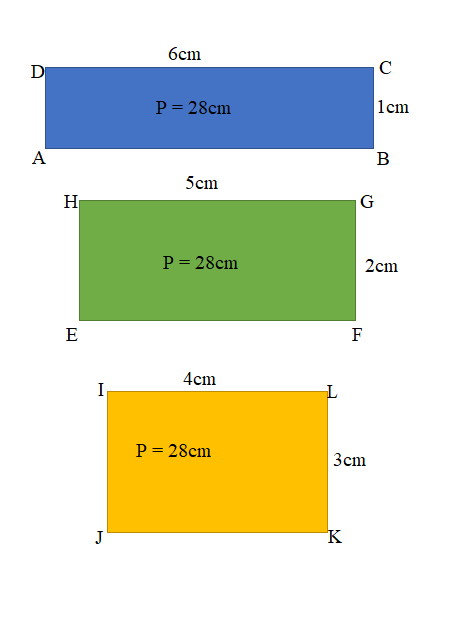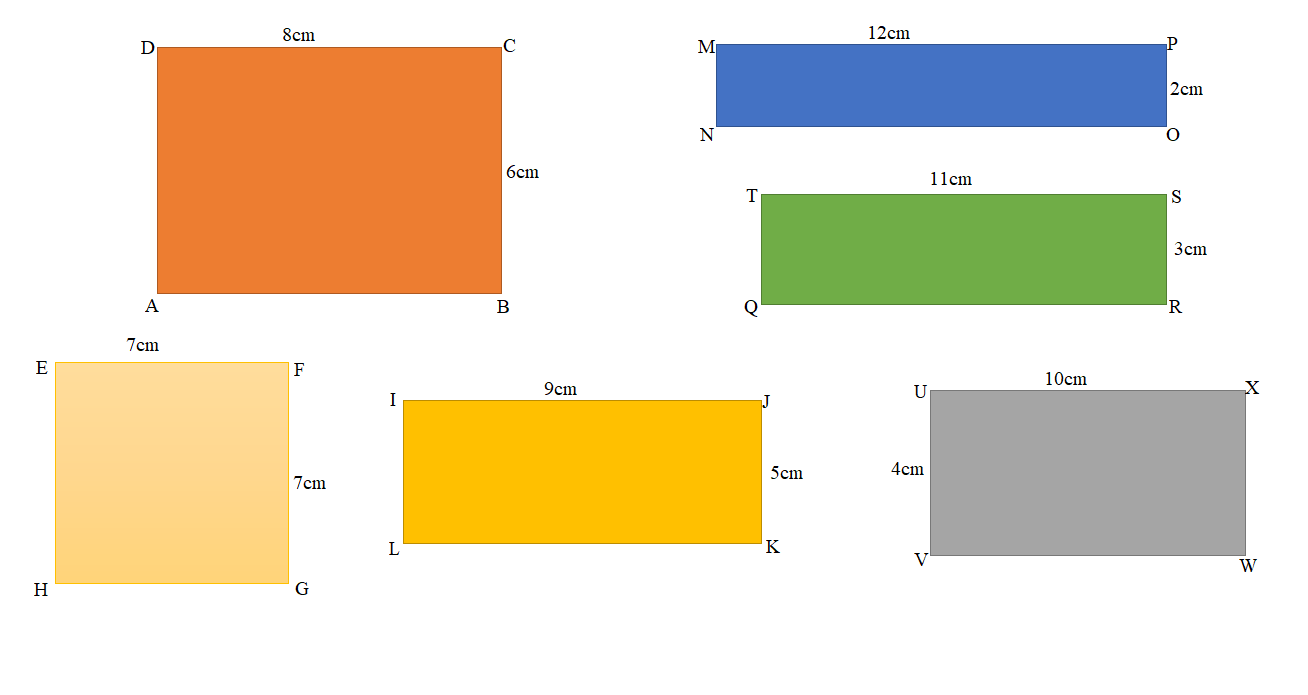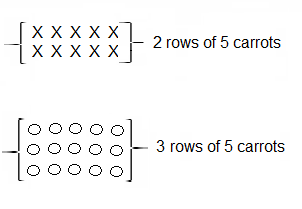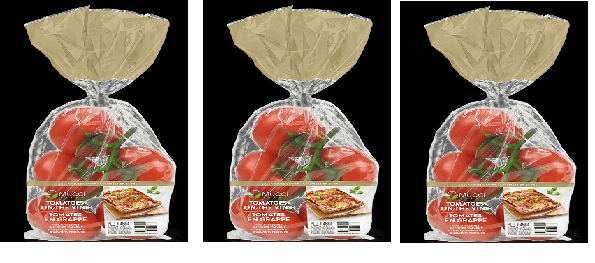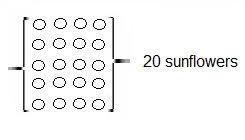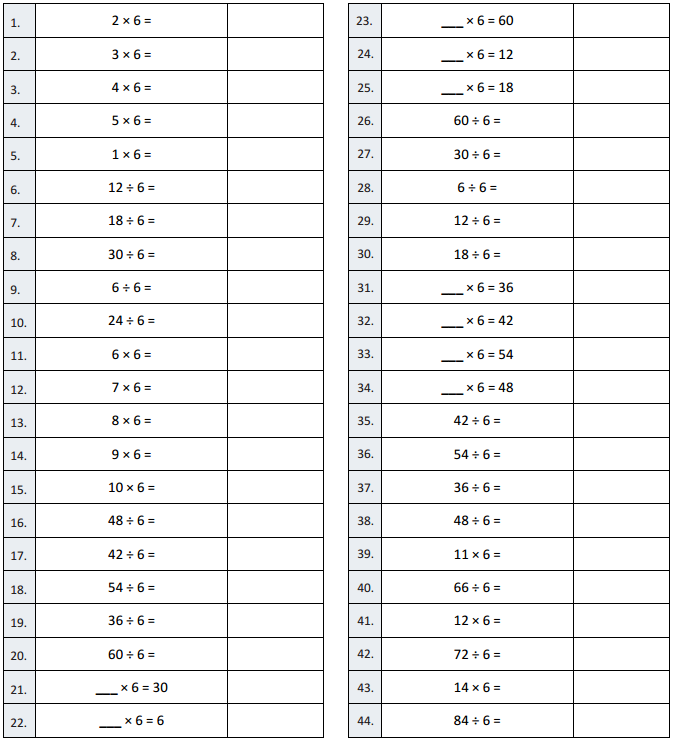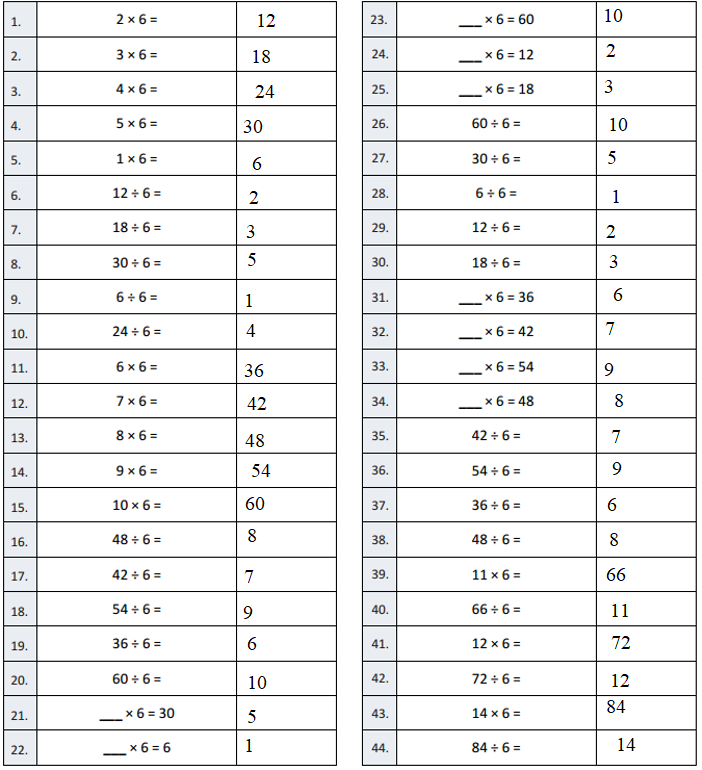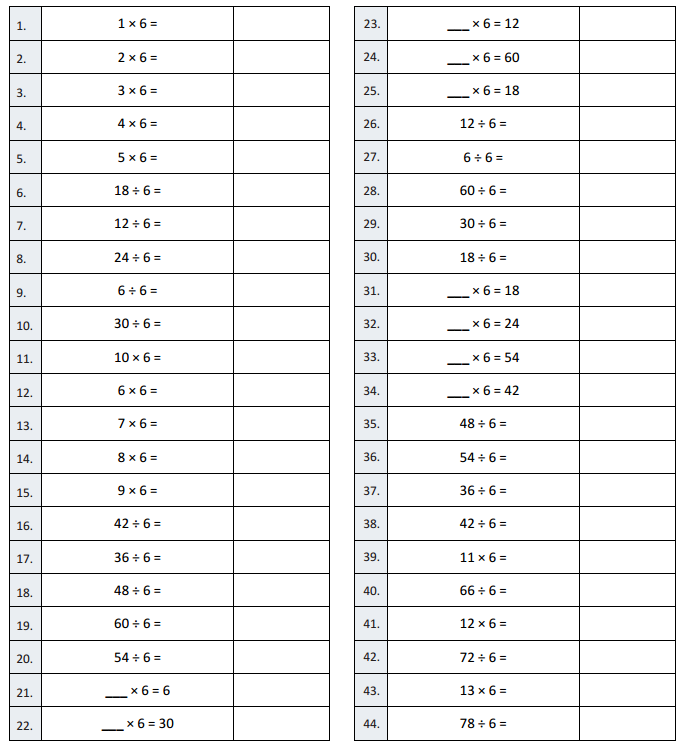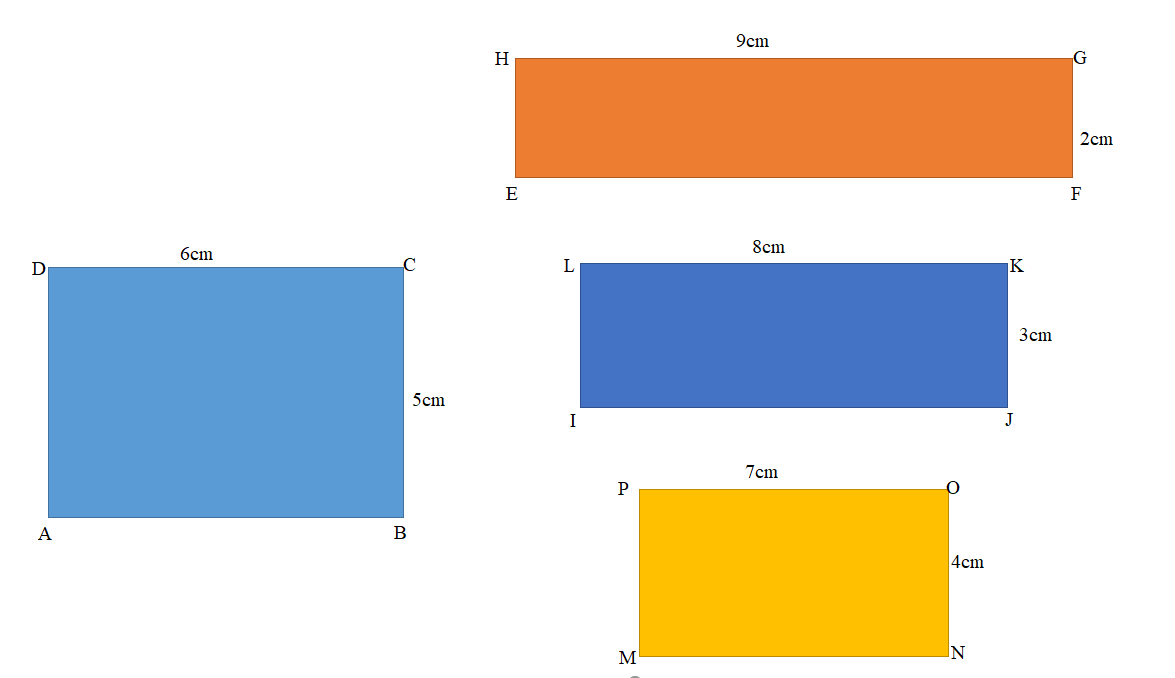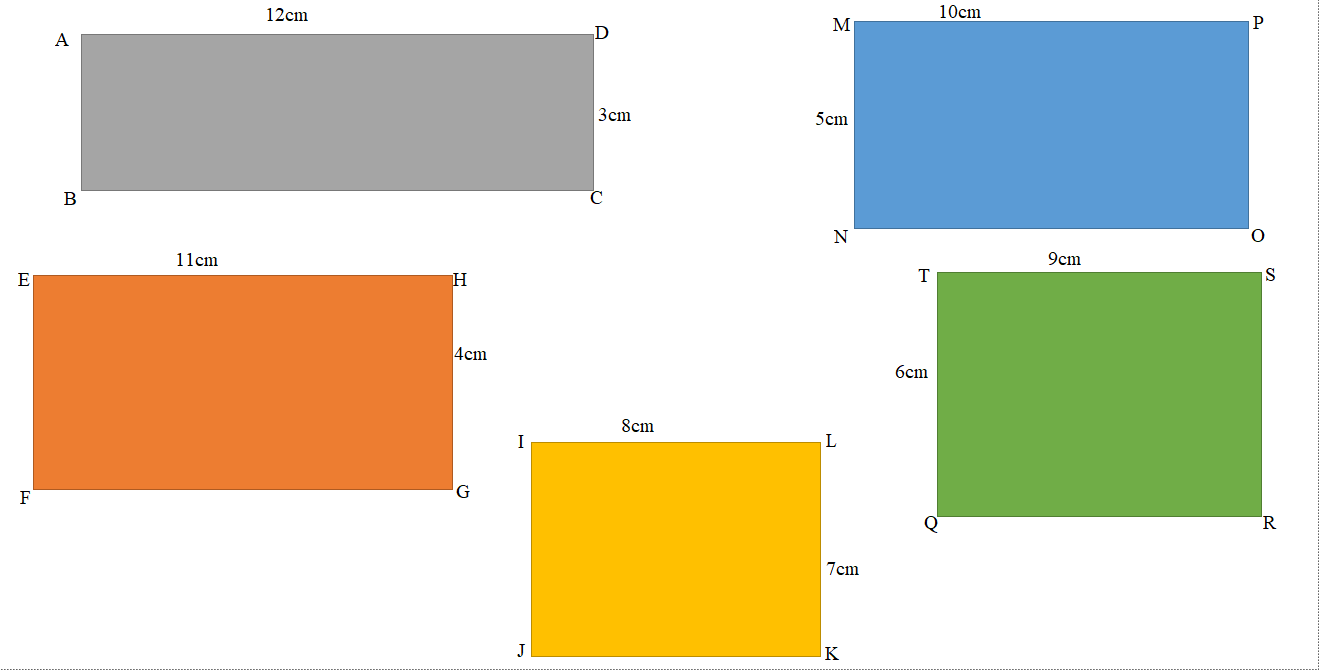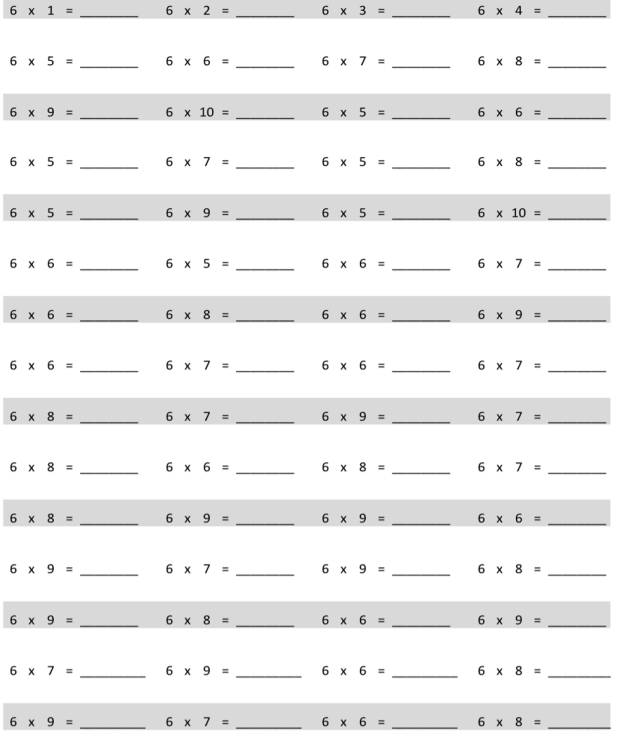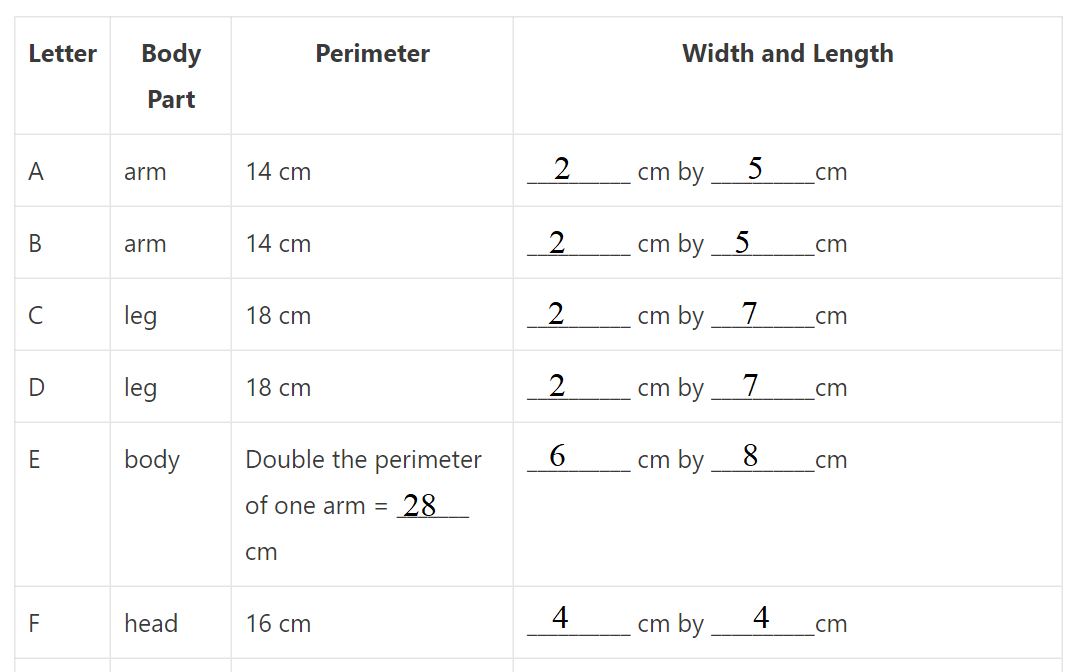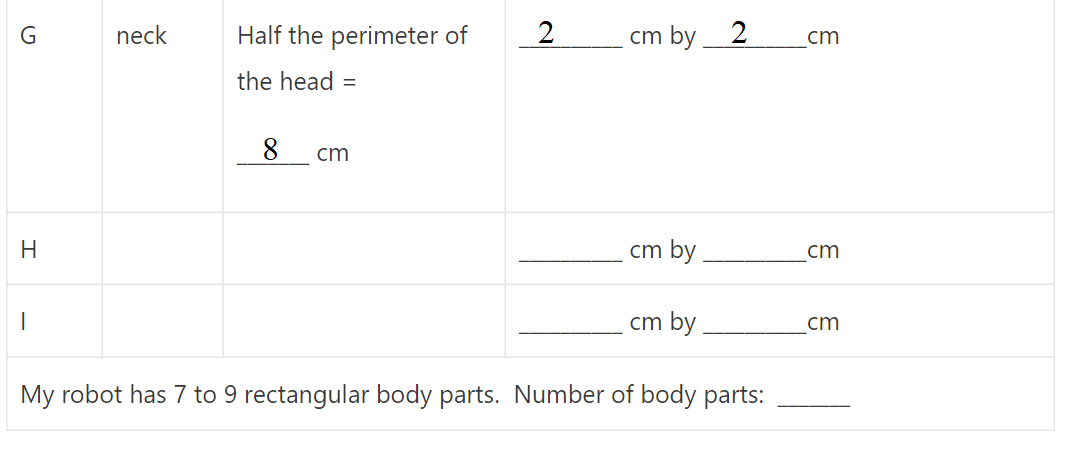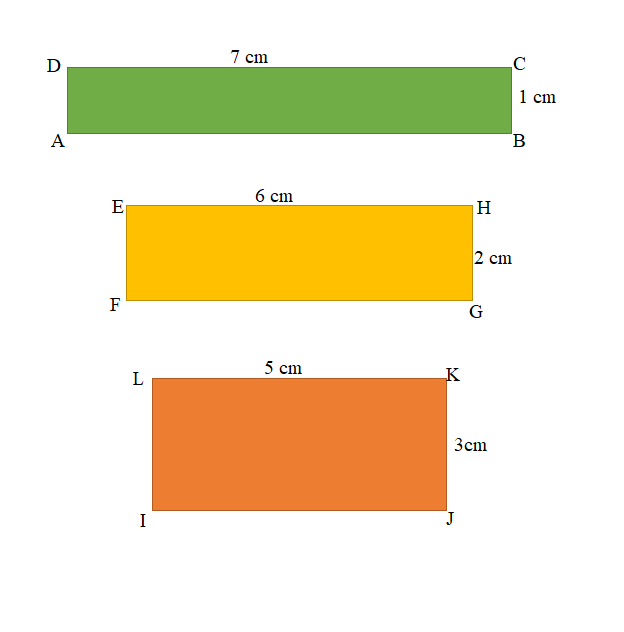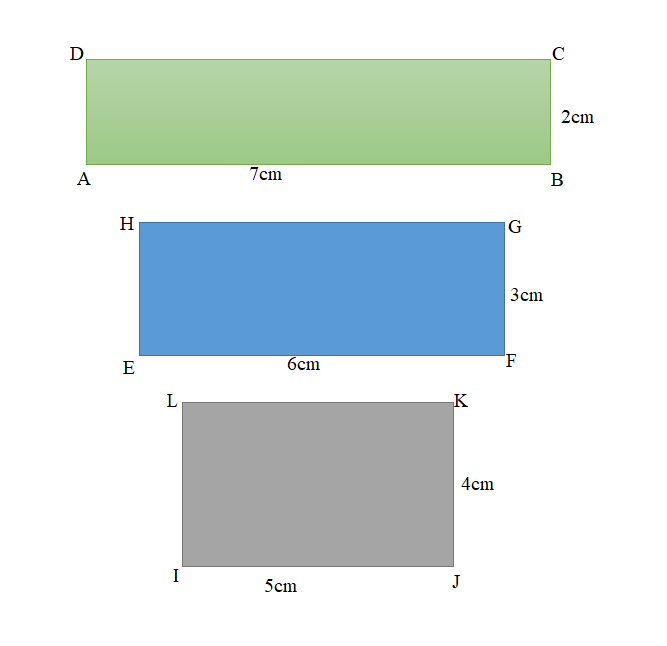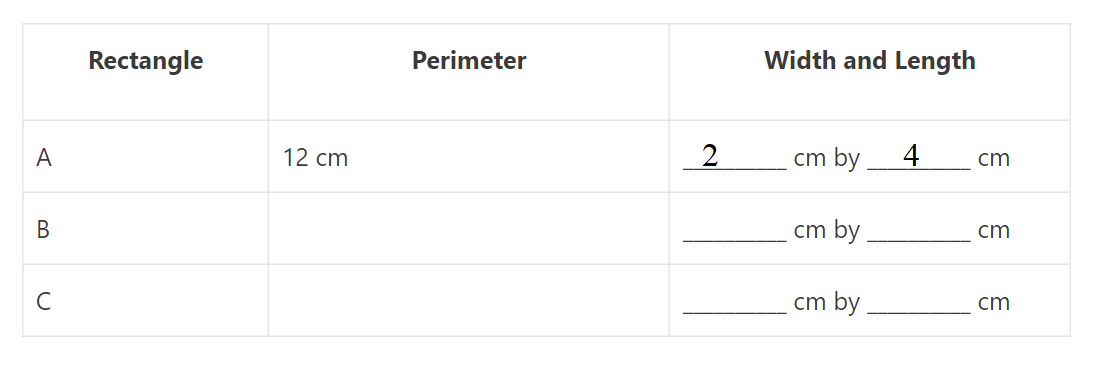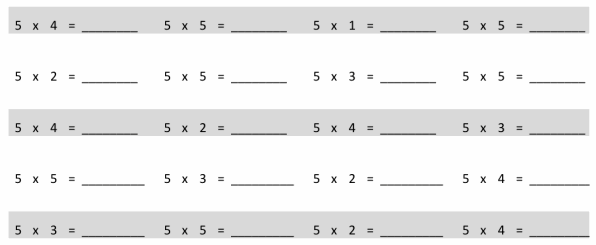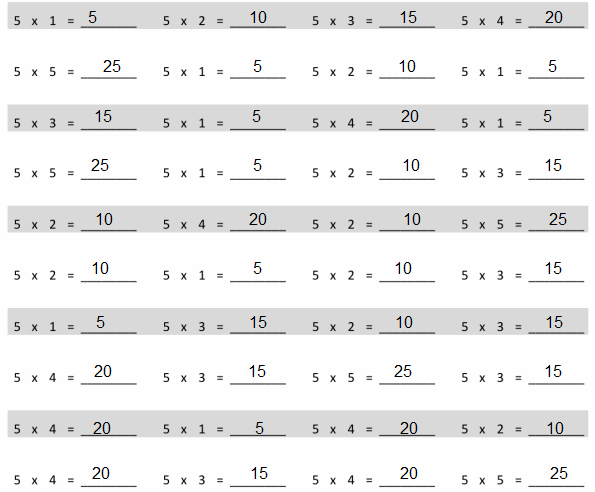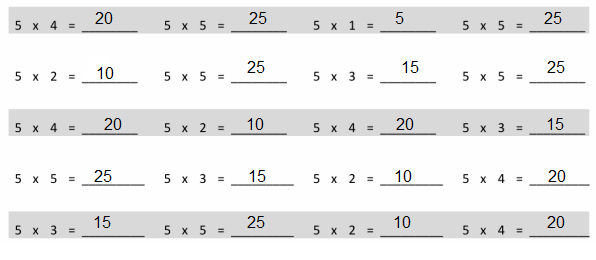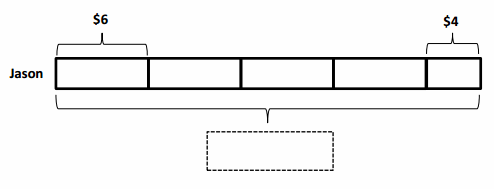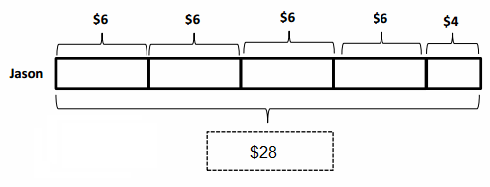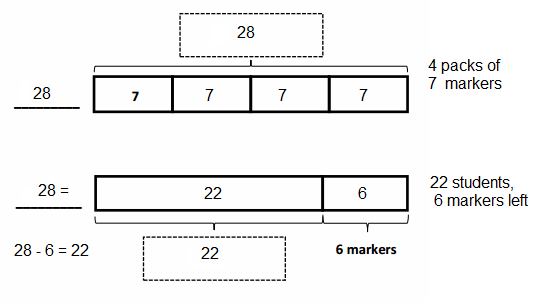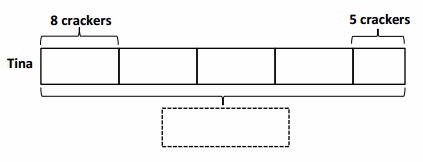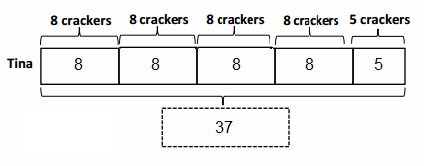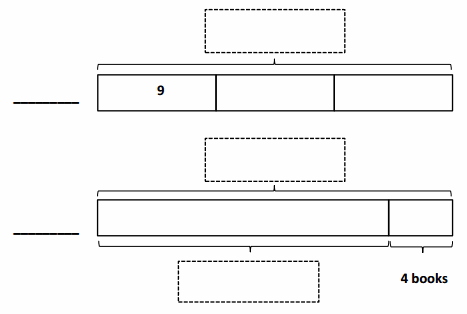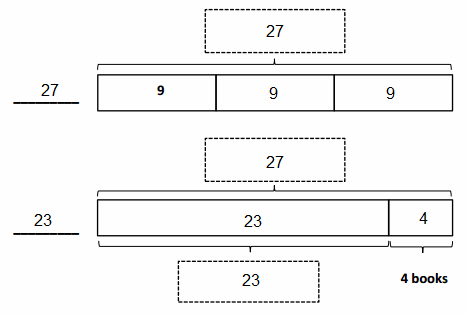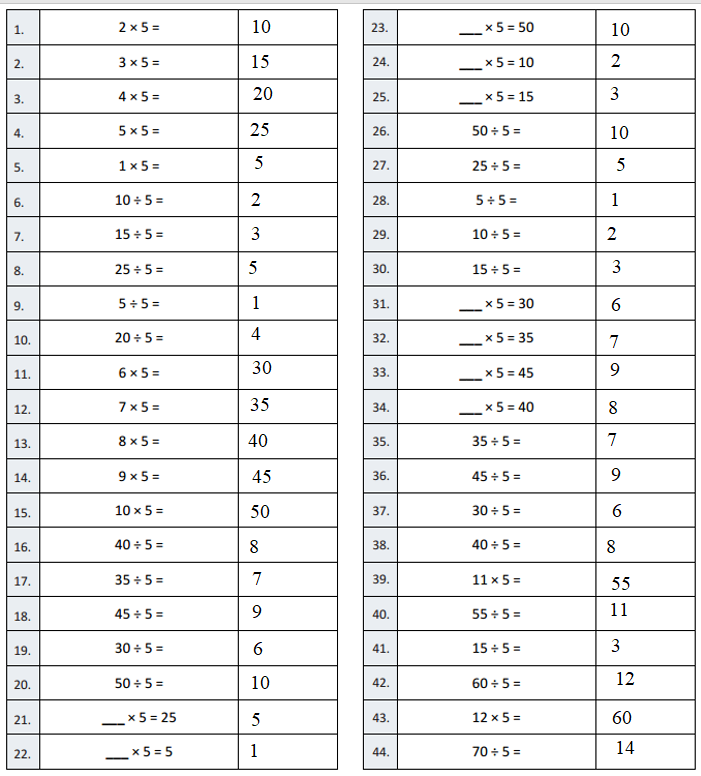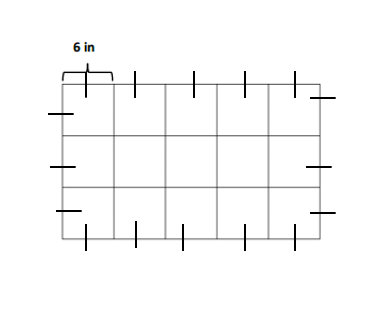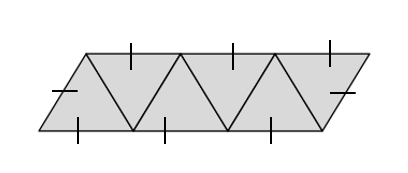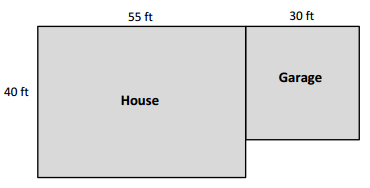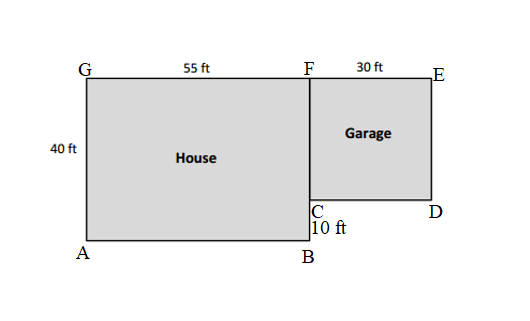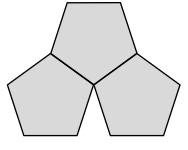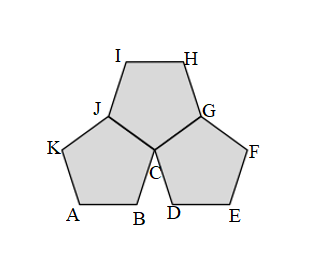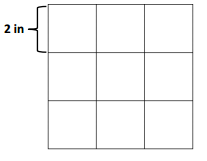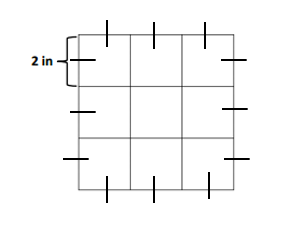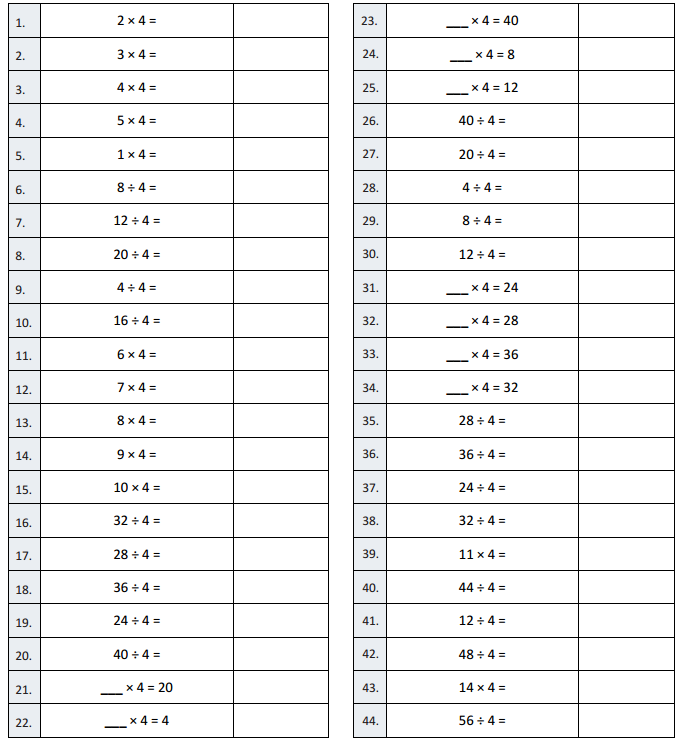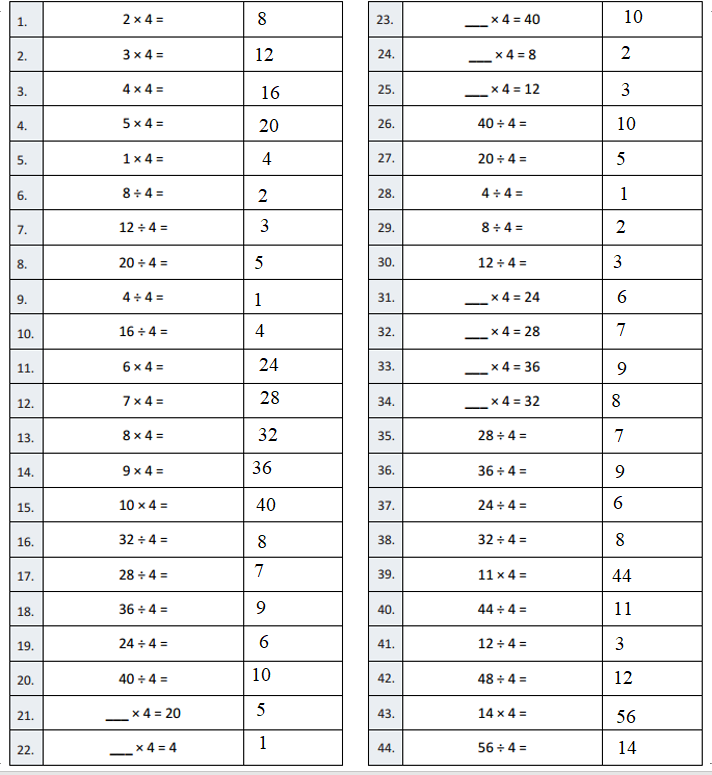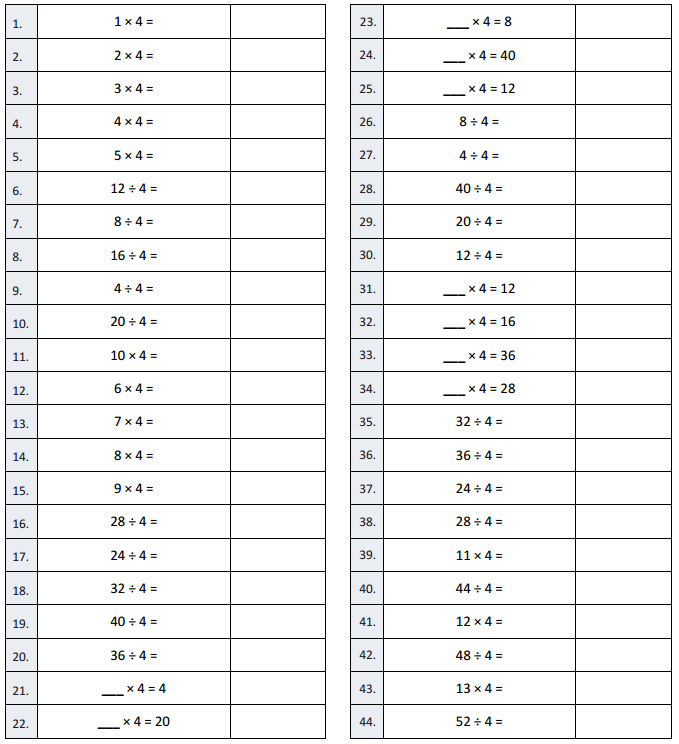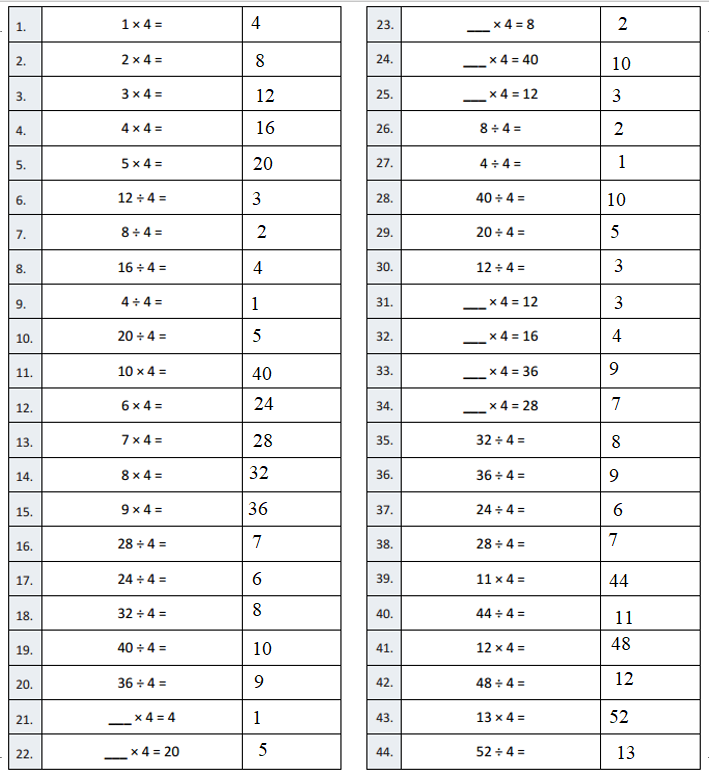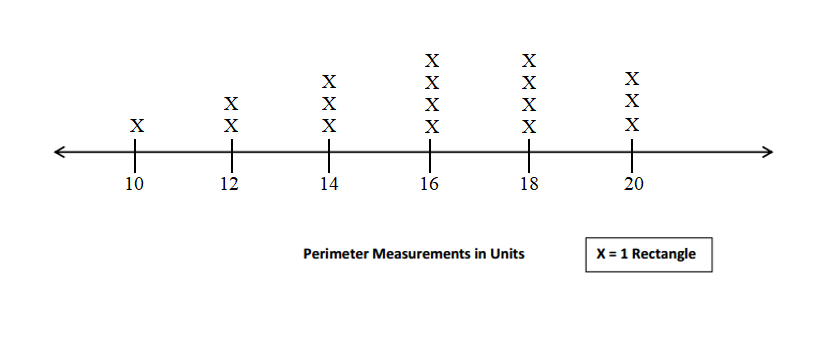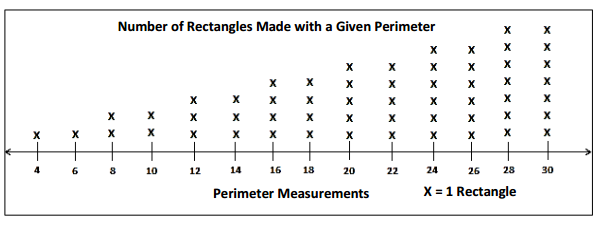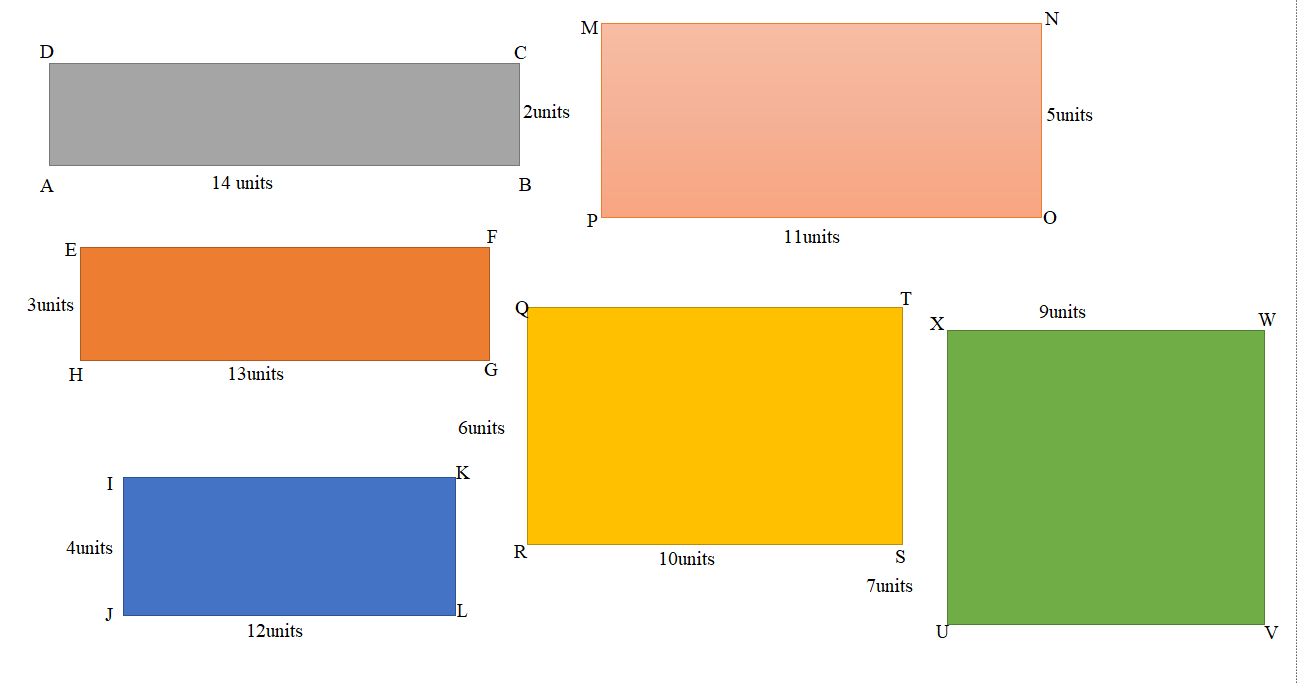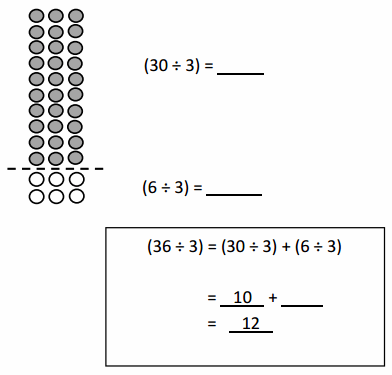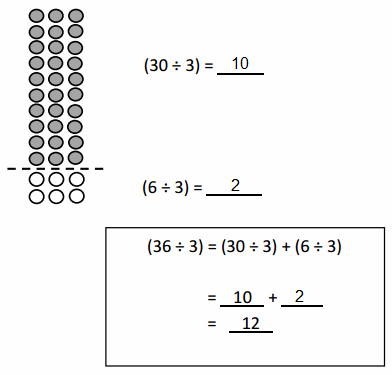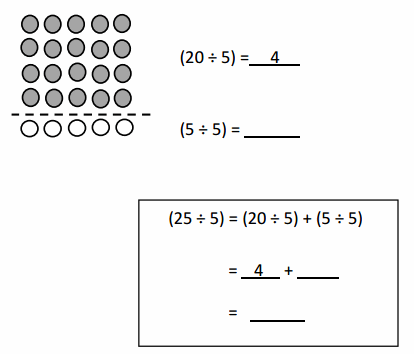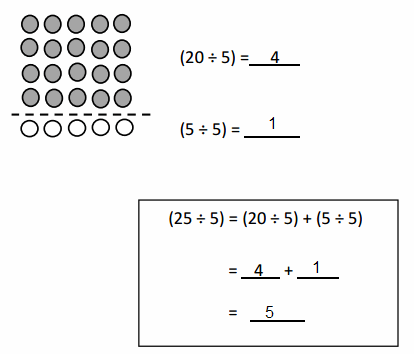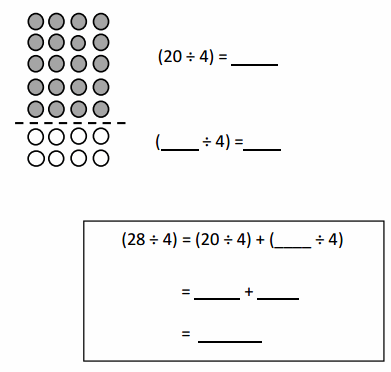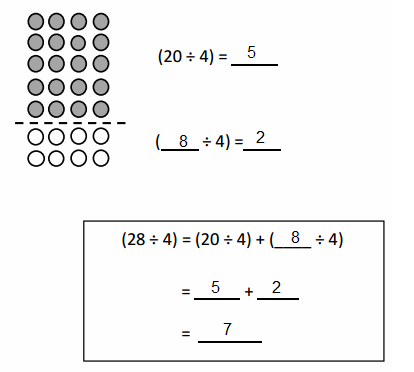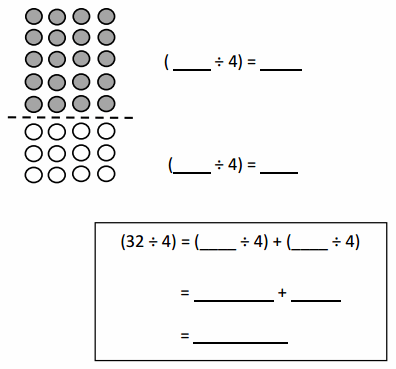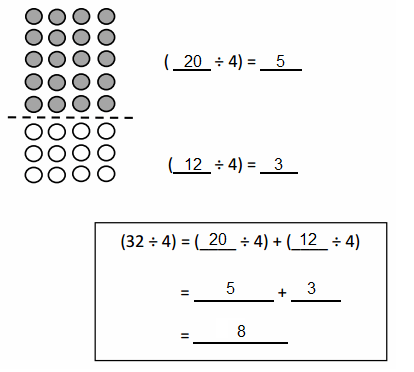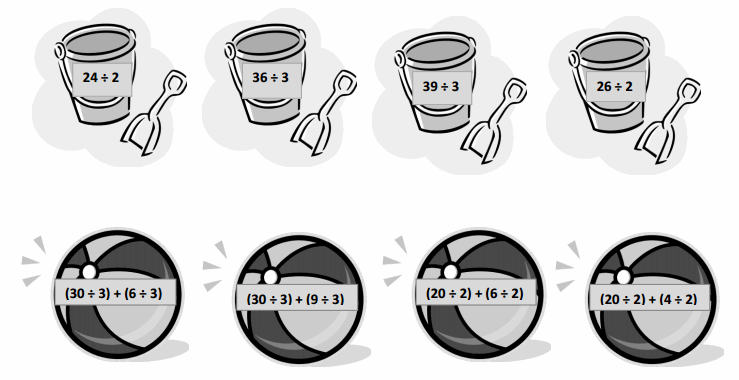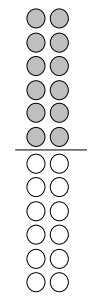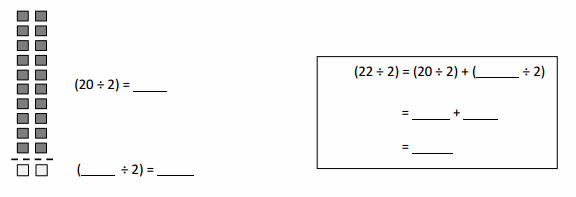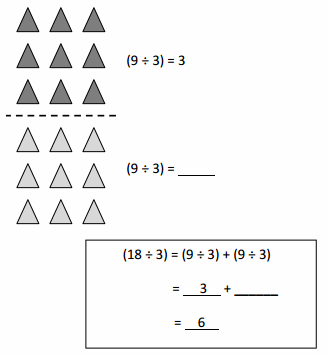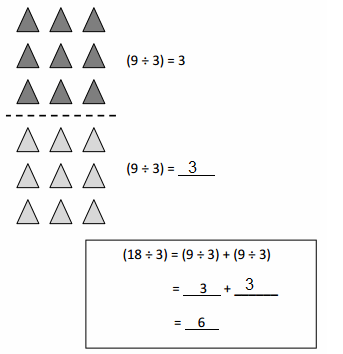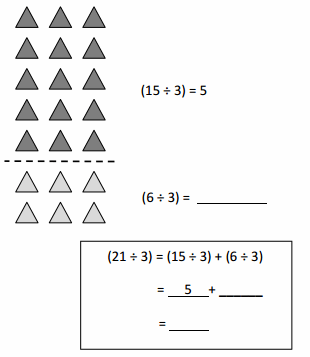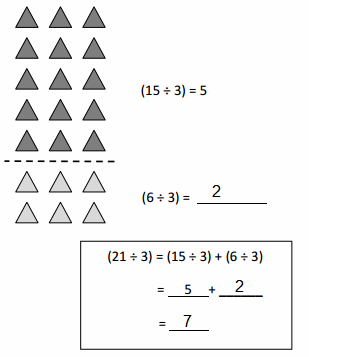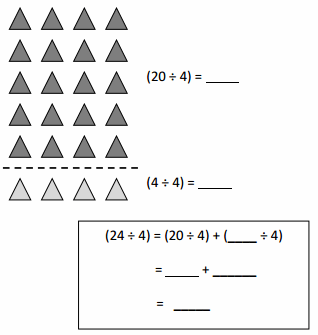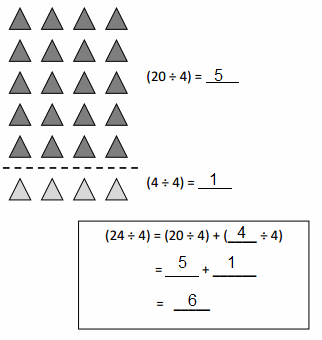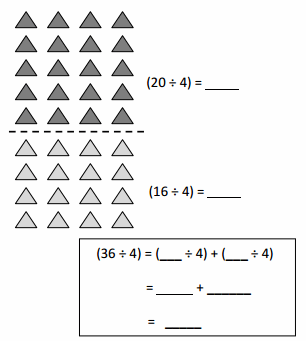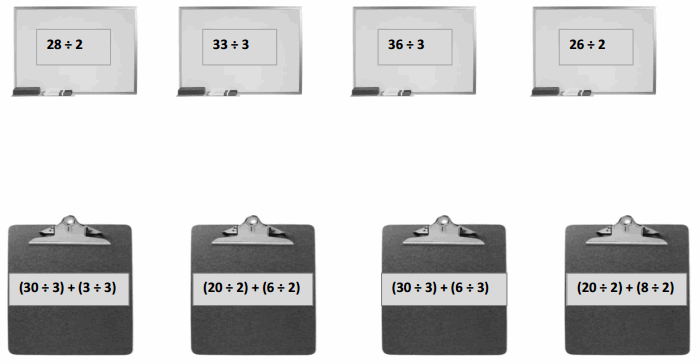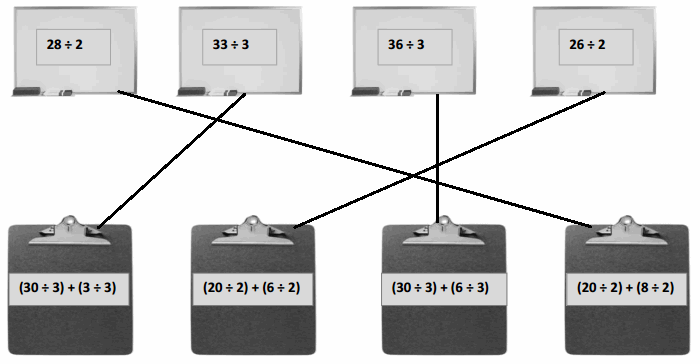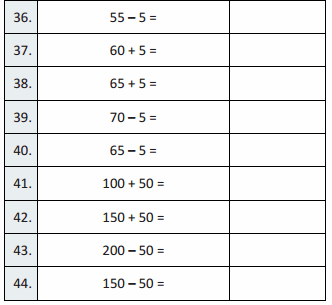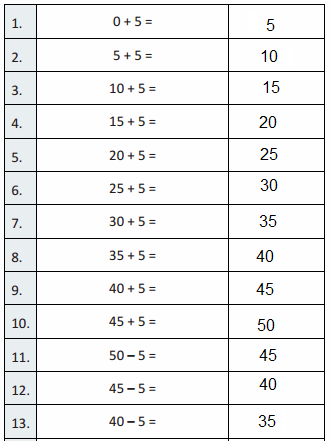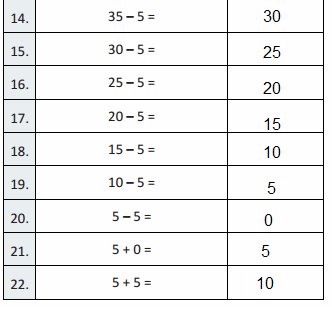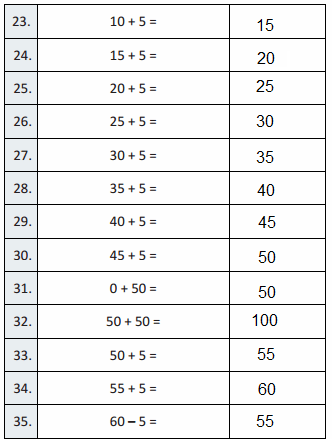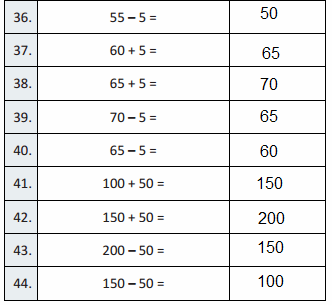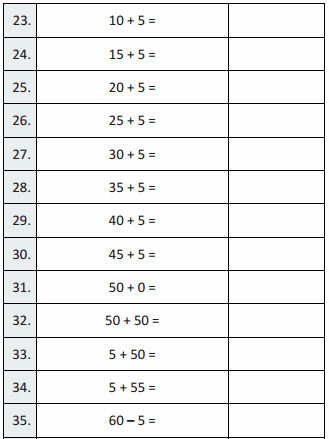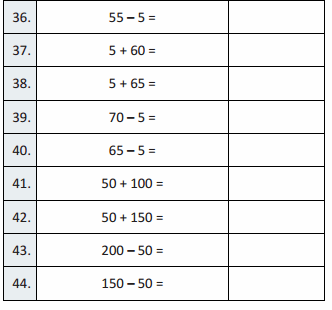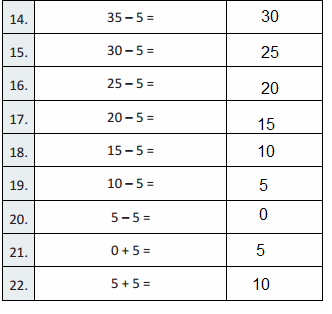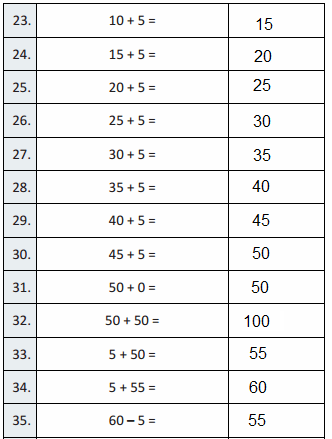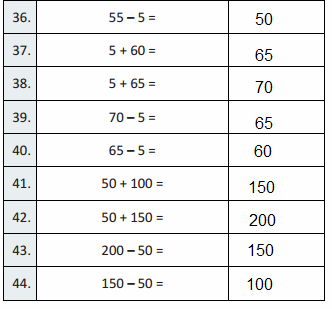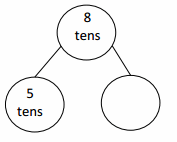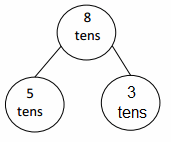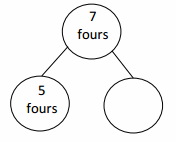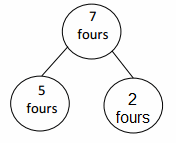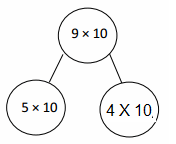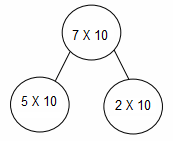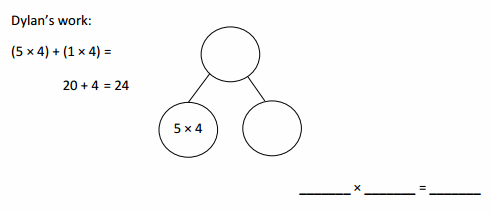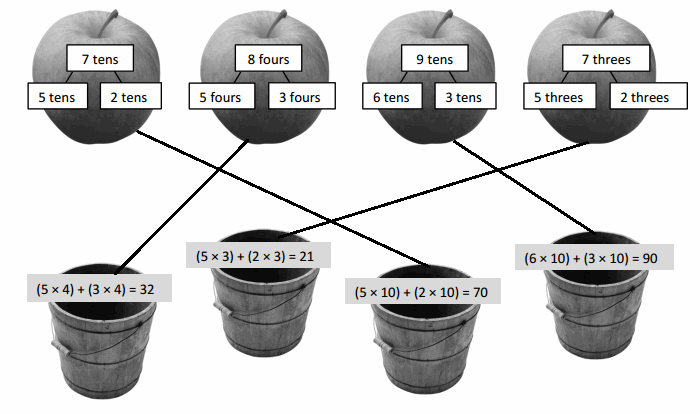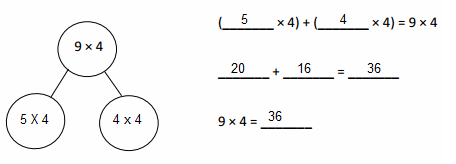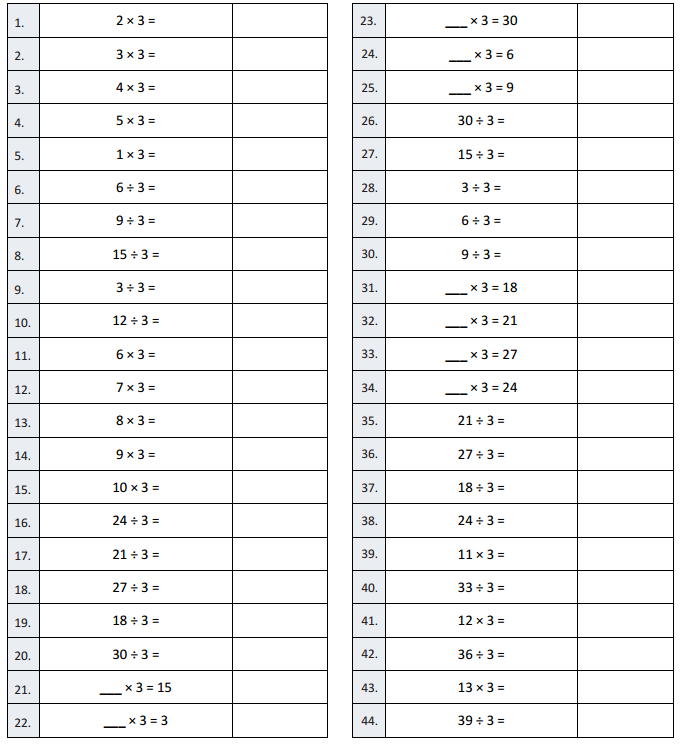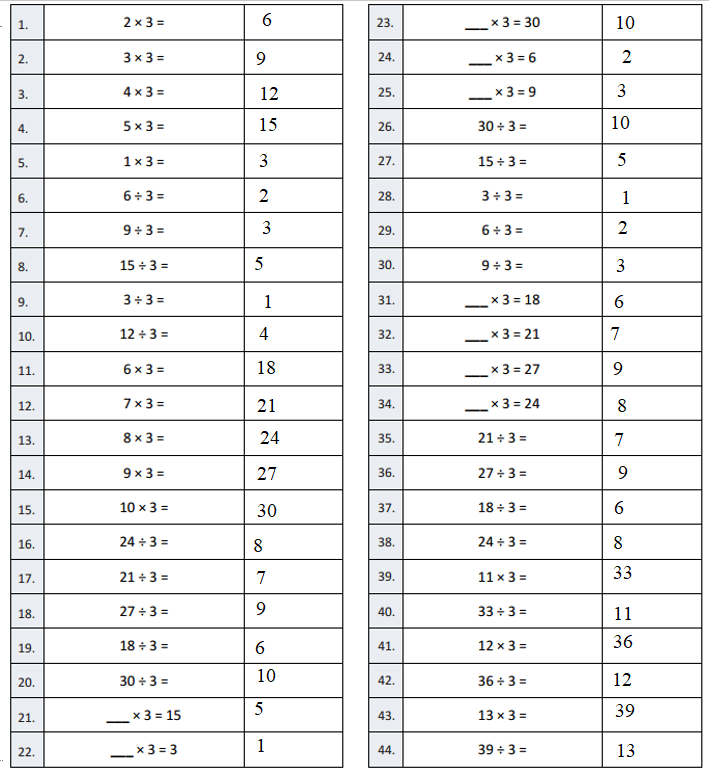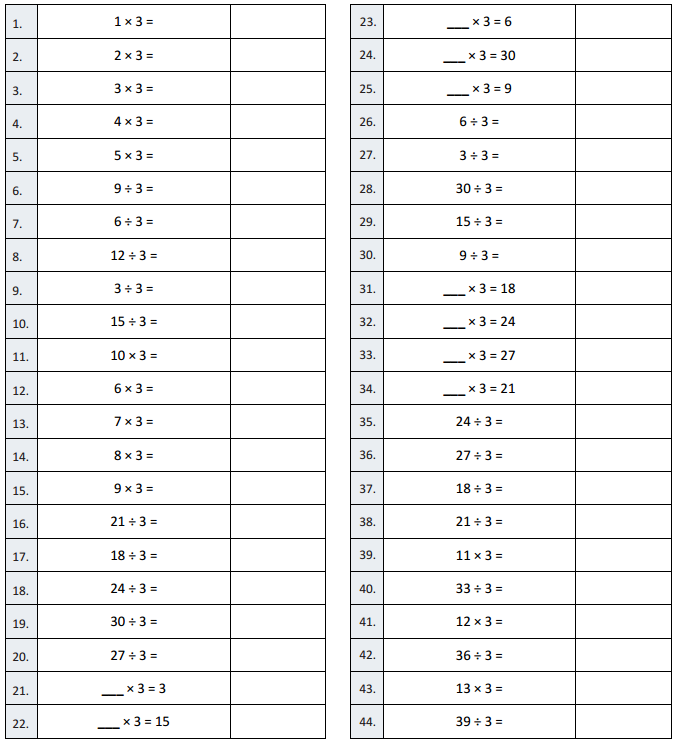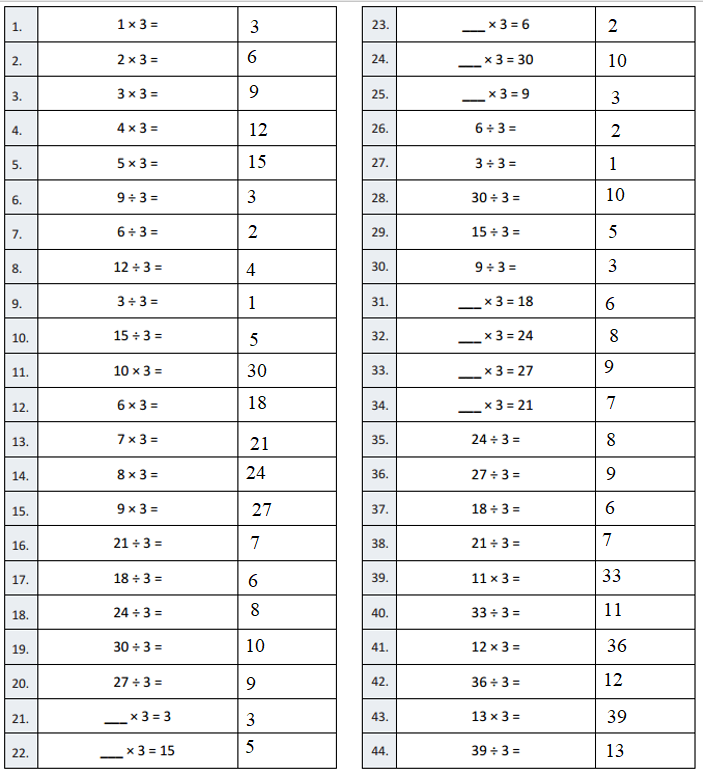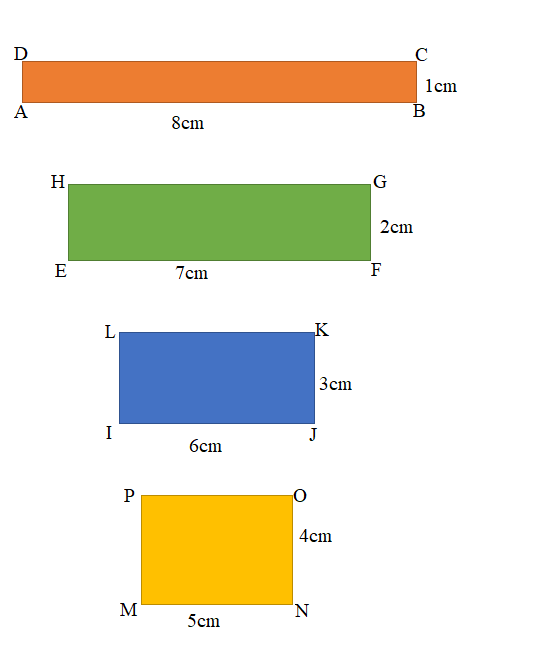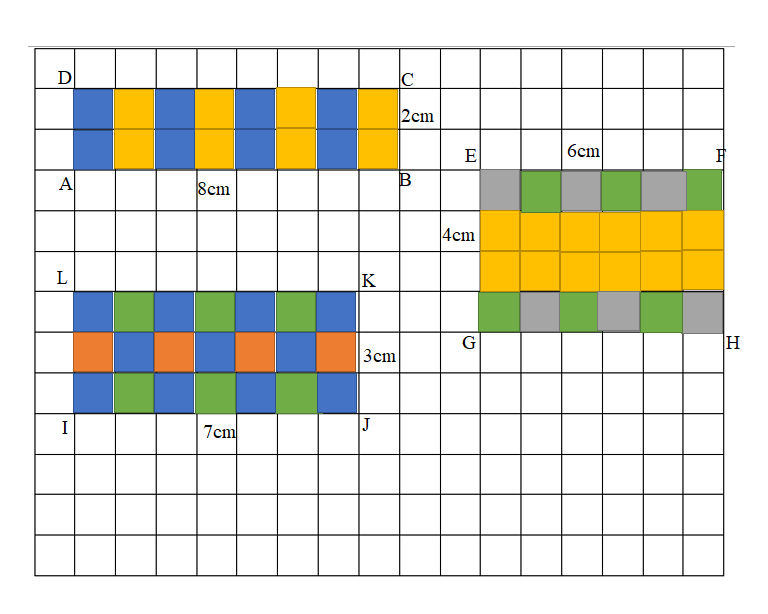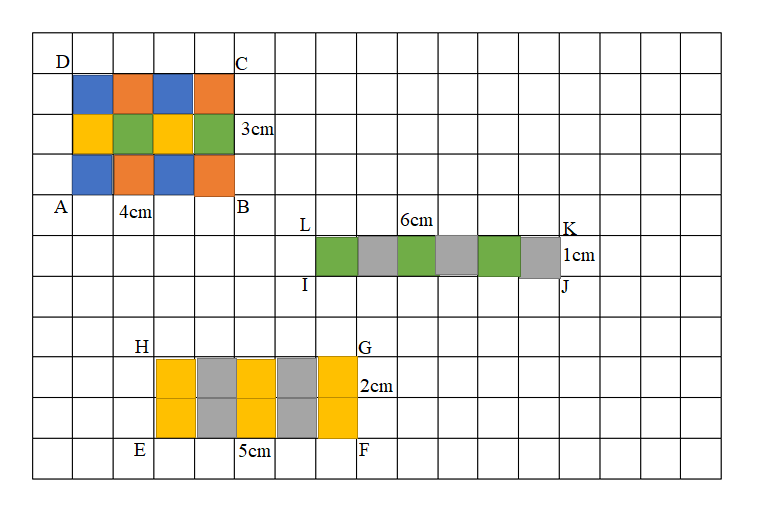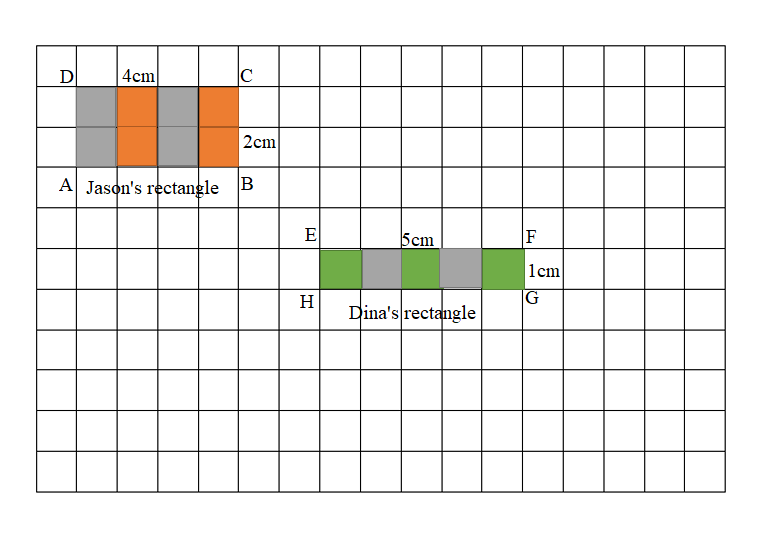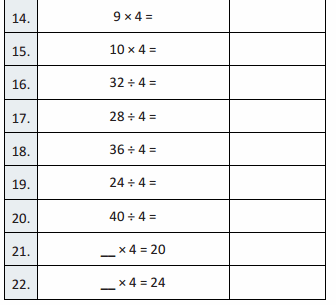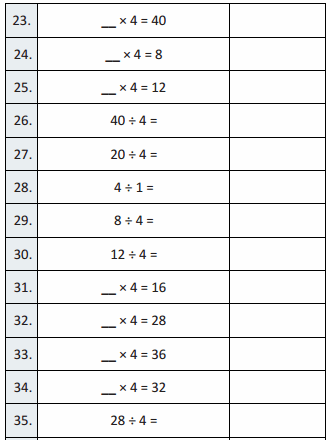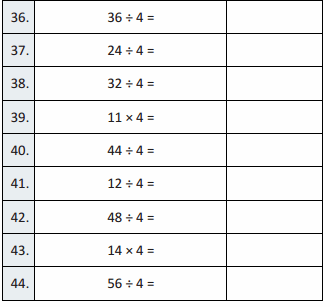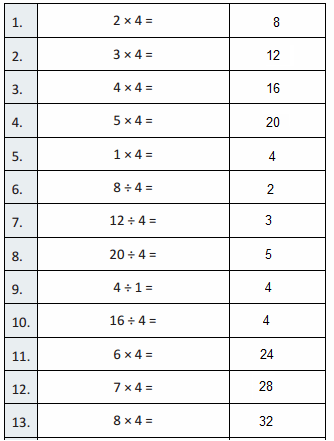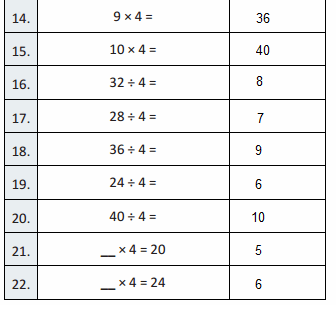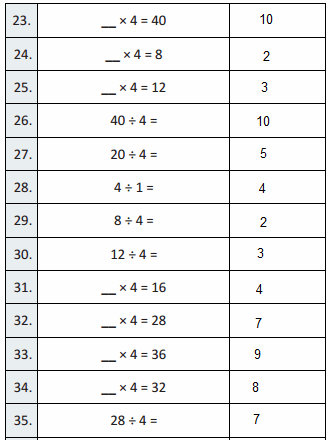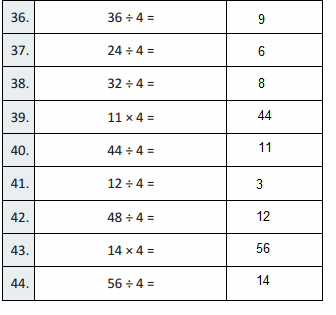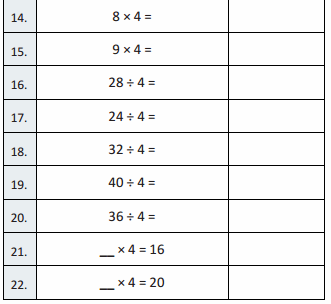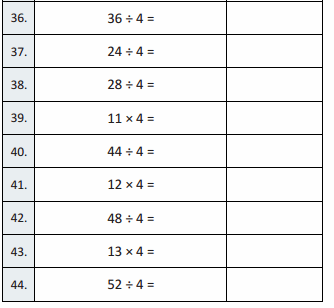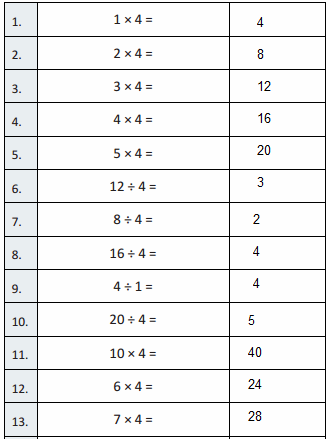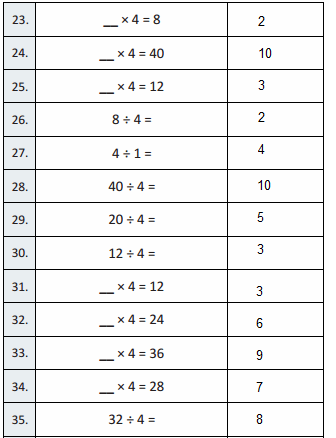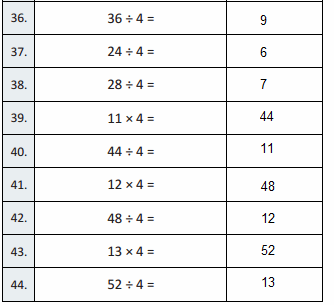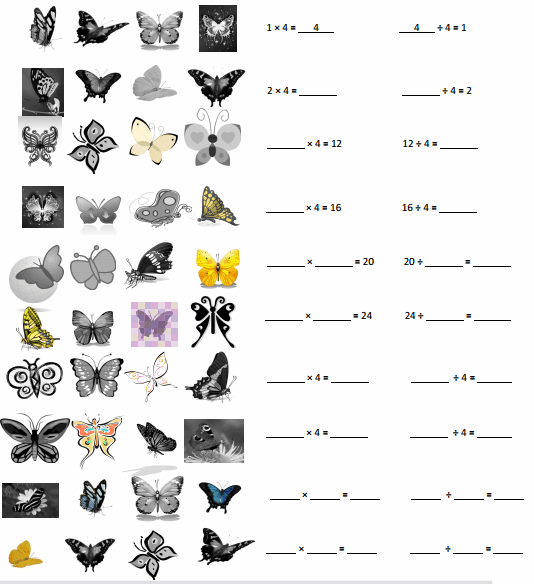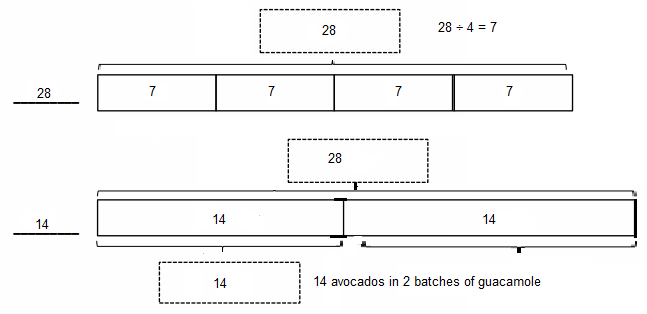Engage NY Eureka Math 3rd Grade Module 1 Lesson 20 Answer Key
Eureka Math Grade 3 Module 1 Answer Key
Eureka Math Grade 3 Module 1 Lesson 20 Sprint Answer Key
A
Skip-Count by 5

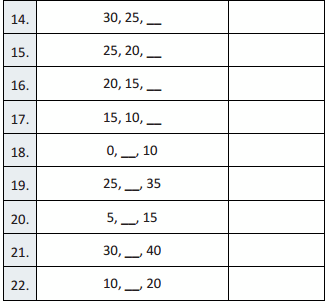


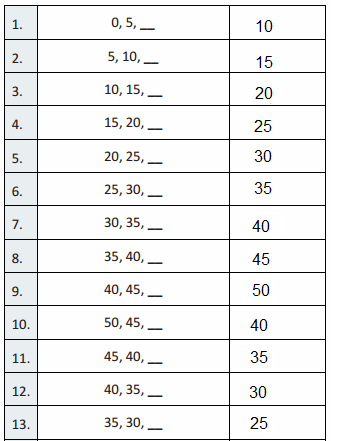
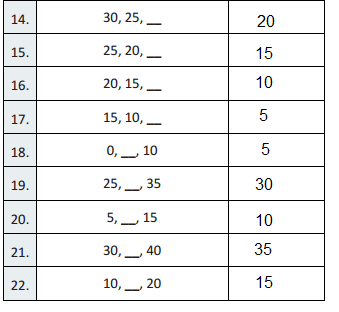
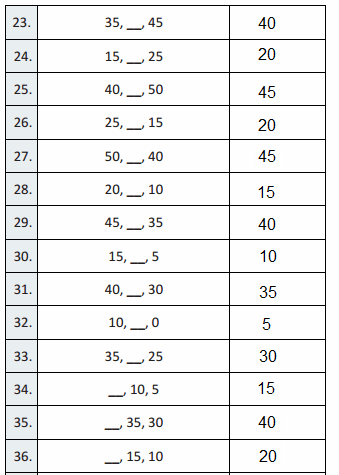
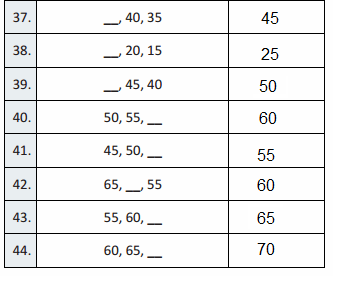
Question 1.
0, 5, __
0, 5, 10,
Explanation:
Given 0, 5, ___ skip count by 5,
0, 0 + 5 = 5, 5 + 5 = 10,
So, 0, 5, 10.
Question 2.
5, 10, __
5, 10, 15,
Explanation:
Given 5, 10, ___ skip count by 5,
5, 5 + 5 = 10, 10 + 5 = 15,
So, 5, 10, 15.
Question 3.
10, 15, __
10, 15, 20,
Explanation:
Given 10, 15, ___ skip count by 5,
10, 10 + 5 = 15, 15 + 5 = 20,
So, 10, 15, 20.
Question 4.
15, 20, __
15, 20, 25,
Explanation:
Given 15, 20, ___ skip count by 5,
15, 15 + 5 = 20, 20 + 5 = 25,
So, 15, 20, 25.
Question 5.
20, 25, __
20, 25, 30,
Explanation:
Given 20, 25, ___ skip count by 5,
20, 20 + 5 = 25, 25 + 5 = 30,
So, 20, 25, 30.
Question 6.
25, 30, __
25, 30, 35,
Explanation:
Given 25, 30, ___ skip count by 5,
25, 25 + 5 = 30, 30 + 5 = 35,
So, 25, 30, 35.
Question 7.
30, 35, __
30, 35, 40,
Explanation:
Given 30, 35, ___ skip count by 5,
30, 30 + 5 = 35, 35 + 5 = 40,
So, 30, 35, 40.
Question 8.
35, 40, __
35, 40, 45,
Explanation:
Given 35, 40, ___ skip count by 5,
35, 35 + 5 = 40, 40 + 5 = 45,
So, 35, 40, 45.
Question 9.
40, 45, __
40, 45, 50,
Explanation:
Given 40, 45, ___ skip count by 5,
40, 40 + 5 = 45, 45 + 5 = 50,
So, 40, 45, 50.
Question 10.
50, 45, __
50, 45, 40,
Explanation:
Given 50, 45, ___ skip count by 5,
50, 50 – 5 = 45, 45 – 5 = 40,
So, 50, 45, 40.
Question 11.
45, 40, __
45, 40, 35,
Explanation:
Given 45, 40, ___ skip count by 5,
45, 45 – 5 = 40, 40 – 5 = 35,
So, 45, 40, 35.
Question 12.
40, 35, __
40, 35, 30,
Explanation:
Given 40, 35, ___ skip count by 5,
40, 40 – 5 = 35, 35 – 5 = 30,
So, 40, 35, 30.
Question 13.
35, 30, __
35, 30, 25,
Explanation:
Given 35, 30, ___ skip count by 5,
35, 35 – 5 = 30, 30 – 5 = 25,
So, 35, 30, 25.
Question 14.
30, 25, __
30, 25, 20
Explanation:
Given 30, 25, ___ skip count by 5,
30, 30 – 5 = 25, 25 – 5 = 20,
So, 30, 25, 20.
Question 15.
25, 20, __
25, 20,15,
Explanation:
Given 25, 20, ___ skip count by 5,
25, 25 – 5 = 20, 20 – 5 = 15,
So, 25, 20, 15.
Question 16.
20, 15, __
20, 15, 10,
Explanation:
Given 20, 15, ___ skip count by 5,
20, 20 – 5 = 15, 15 – 5 = 10,
So, 20, 15, 10.
Question 17.
15, 10, __
15, 10, 5,
Explanation:
Given 15, 10, ___ skip count by 5,
15, 15 – 5 = 10, 10 – 5 = 5,
So, 15, 10, 5.
Question 18.
0, __, 10
0, 5, 10,
Explanation:
Given 0, ___, 10 skip count by 5,
0, 0 + 5 = 5, 5 + 5 = 10,
So, 0, 5, 10.
Question 19.
25, __, 35
25, 30, 35,
Explanation:
Given 25, ___, 35 skip count by 5,
25, 25 + 5 = 30, 30 + 5 = 35,
So, 25, 30, 35.
Question 20.
5, __, 15
5, 10, 15,
Explanation:
Given 5, ___, 15 skip count by 5,
5, 5 + 5 = 10, 10 + 5 = 15,
So, 5, 10, 15.
Question 21.
30, __, 40
30, 35, 40,
Explanation:
Given 30, ___, 40 skip count by 5,
30, 30 + 5 = 35, 35 + 5 = 40,
So, 30, 35, 40.
Question 22.
10, __, 20
10, 15, 20,
Explanation:
Given 10, ___, 20 skip count by 5,
10, 10 + 5 = 15, 15 + 5 = 20,
So, 10, 15, 20.
Question 23.
35, __, 45
35, 40, 45,
Explanation:
Given 35, ___, 45 skip count by 5,
35, 35 + 5 = 40, 40 + 5 = 45,
So, 35, 40, 45.
Question 24.
15, __, 25
15, 20, 25,
Explanation:
Given 15, ___, 25 skip count by 5,
15, 15 + 5 = 20, 20 + 5 = 25,
So, 15, 20, 25.
Question 25.
40, __, 50
40, 45, 50,
Explanation:
Given 40, ___, 50 skip count by 5,
40, 40 + 5 = 45, 45 + 5 = 50,
So, 40, 45, 50.
Question 26.
25, __, 15
25, 20, 15,
Explanation:
Given 25, ___, 15 skip count by 5,
25, 25 – 5 = 20, 20 – 5 = 15,
So, 25, 20, 15.
Question 27.
50, __, 40
50, 45, 40,
Explanation:
Given 50, ___, 40 skip count by 5,
50, 50 – 5 = 45, 45 – 5 = 40,
So, 50, 45, 40.
Question 28.
20, __, 10
20, 15, 10,
Explanation:
Given 20, ___, 10 skip count by 5,
20, 20 – 5 = 15, 15 – 5 = 10,
So, 20, 15, 10.
Question 29.
45, __, 35
45, 40, 35,
Explanation:
Given 45, ___, 35 skip count by 5,
45, 45 – 5 = 40, 40 – 5 = 35,
So, 45, 40, 35.
Question 30.
15, __, 5
15, 10, 5,
Explanation:
Given 15, ___, 5 skip count by 5,
15, 15 – 5 = 10, 10 – 5 = 5,
So, 15, 10, 5.
Question 31.
40, __, 30
40, 35, 30,
Explanation:
Given 40, ___, 30 skip count by 5,
40, 40 – 5 = 35, 35 – 5 = 30,
So, 40, 35, 30.
Question 32.
10, __, 0
10, 5, 0,
Explanation:
Given 10, ___, 0 skip count by 5,
10, 10 – 5 = 5, 5 – 5 = 0,
So, 10, 5, 0.
Question 33.
35, __, 25
35, 30, 25,
Explanation:
Given 35, ___, 25 skip count by 5,
35, 35 – 5 = 30, 30 -5 = 25,
So, 35, 30, 25.
Question 34.
__, 10, 5
15, 10, 5,
Explanation:
Given ___,10, 5 skip count by 5,
15, 5 + 5 = 10, 5 + 0 = 5,
So, 15, 10, 5.
Question 35.
__, 35, 30
40, 35, 30,
Explanation:
Given ___,35, 30 skip count by 5,
40, 30 + 5 = 35, 25 + 5 = 30,
So, 40, 35, 30.
Question 36.
__, 15, 10
20, 15, 10,
Explanation:
Given ___,15, 10 skip count by 5,
20, 10 + 5 = 15, 5 + 5 = 10,
So, 20, 15, 10.
Question 37.
__, 40, 35
45, 40, 35,
Explanation:
Given ___,40, 35 skip count by 5,
45 = 40 + 5, 40 = 35 + 5, 35 = 30 + 5,
So, 45, 40, 35.
Question 38.
__, 20, 15
25, 20, 15,
Explanation:
Given ___,20, 15 skip count by 5,
25 = 20 + 5, 20 = 15 + 5, 15 = 10 + 5,
So, 25, 20, 15.
Question 39.
__, 45, 40
50, 45, 40,
Explanation:
Given ___,45, 40 skip count by 5,
50 = 45 + 5, 45 = 40 + 5, 40 = 35 + 5,
So, 50, 45, 40.
Question 40.
50, 55, __
50, 55, 60,
Explanation:
Given 50, 55, ___ skip count by 5,
50, 50 + 5 = 55, 55 + 5 = 60,
So, 50, 55, 60.
Question 41.
45, 50, __
45, 50, 55,
Explanation:
Given 45, 50, ___ skip count by 5,
45, 45 + 5 = 50, 50 + 5 = 55,
So, 45, 50, 55.
Question 42.
65, __, 55
65, 60, 55
Explanation:
Given 65, ___, 55 skip count by 5,
65, 55 + 5 = 60, 50 + 5 = 55,
So, 65, 60, 55.
Question 43.
55, 60, __
55, 60, 65,
Explanation:
Given 55, 60, ___ skip count by 5,
50 + 5 = 55, 55 + 5 = 60, 60 + 5 = 65,
So, 55, 60, 65.
Question 44.
60, 65, __
60, 65, 70
Explanation:
Given 60, 65, ___ skip count by 5,
55 + 5 = 60, 60 + 5 = 65, 65 + 5 = 70,
So, 60, 65, 70.
B
Skip-Count by 5
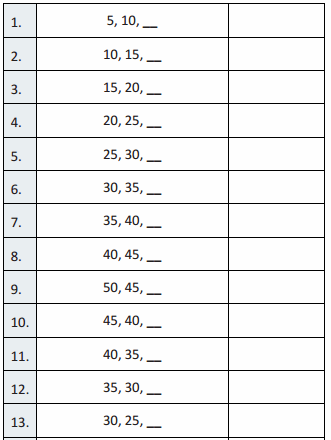
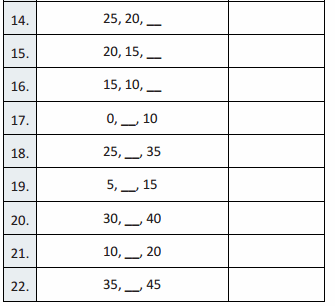
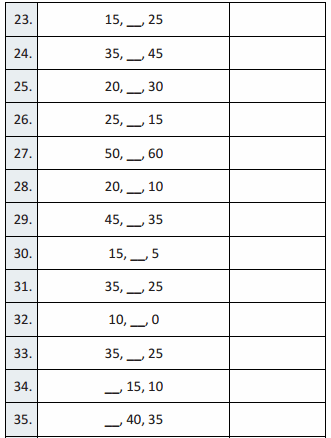


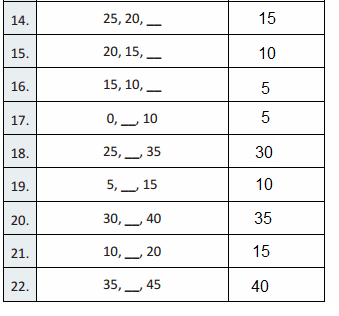
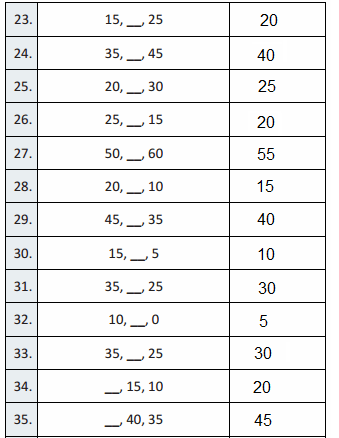
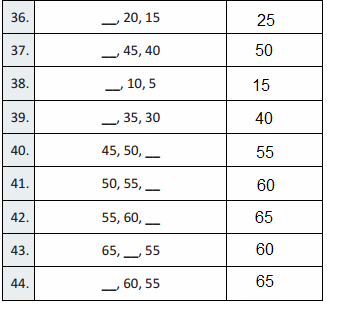
Question 1.
5, 10, __
5, 10, 15,
Explanation:
Given 5, 10, ___skip count by 5,
0 + 5 = 5, 5 + 5 = 10, 10 + 5 = 15,
So, 5, 10, 15.
Question 2.
10, 15, __
10, 15, 20
Explanation:
Given 10, 15, ___skip count by 5,
5 + 5 = 10, 10 + 5 = 15, 15 + 5 = 20,
So, 10, 15, 20.
Question 3.
15, 20, __
15, 20, 25.
Explanation:
Given 15, 20, ___skip count by 5,
10 + 5 = 15, 15 + 5 = 20, 20 + 5 = 25,
So, 15, 20, 25.
Question 4.
20, 25, __
20, 25, 30.
Explanation:
Given 20 25, ___skip count by 5,
15 + 5 = 20, 20 + 5 = 25, 25 + 5 = 30,
So, 20, 25, 30.
Question 5.
25, 30, __
25, 30, 35.
Explanation:
Given 25, 30, ___skip count by 5,
20 + 5 = 25, 25 + 5 = 30, 30 + 5 = 35,
So, 25, 30, 35.
Question 6.
30, 35, __
30, 35,40.
Explanation:
Given 30, 35, ___skip count by 5,
25 + 5 = 30, 30 + 5 = 35, 35 + 5 = 40,
So, 30, 35, 40.
Question 7.
35, 40, __
35, 40, 45.
Explanation:
Given 35, 40, ___skip count by 5,
30 + 5 = 35, 35 + 5 = 40, 40 + 5 = 45,
So, 35, 40, 45.
Question 8.
40, 45, __
40, 45, 50.
Explanation:
Given 40, 45, ___skip count by 5,
35 + 5 = 40, 40 + 5 = 45, 45 + 5 = 50,
So, 40, 45, 50.
Question 9.
50, 45, __
50, 45, 40.
Explanation:
Given 50, 45, ___skip count by 5,
55 – 5 = 50, 50 – 5 = 45, 45 – 5 = 40,
So, 50, 45, 40.
Question 10.
45, 40, __
45, 40, 35.
Explanation:
Given 45, 40, ___skip count by 5,
50 – 5 = 45, 45 – 5 = 40, 40 – 5 = 35,
So, 45, 40, 35.
Question 11.
40, 35, __
40, 35, 30,
Explanation:
Given 40, 35, ___skip count by 5,
45 – 5 = 40, 40 – 5 = 35, 35 – 5 = 30,
So, 40, 35, 30.
Question 12.
35, 30, __
35, 30, 25,
Explanation:
Given 35, 30, ___skip count by 5,
40 – 5 = 35, 35 – 5 = 30, 30 – 5 = 25,
So, 35, 30, 25.
Question 13.
30, 25, __
30, 25, 20,
Explanation:
Given 30, 25, ___skip count by 5,
35 – 5 = 30, 30 – 5 = 25, 25 – 5 = 20,
So, 30, 25, 20.
Question 14.
25, 20, __
25, 20, 15
Explanation:
Given 25, 20, ___skip count by 5,
30 – 5 = 25, 25 – 5 = 20, 20 – 5 = 15,
So, 25, 20, 15.
Question 15.
20, 15, __
20, 15, 10,
Explanation:
Given 20, 15, ___skip count by 5,
25 – 5 = 20, 20 – 5 = 15, 15 – 5 = 10,
So, 20, 15, 10.
Question 16.
15, 10, __
15, 10, 5,
Explanation:
Given 15, 10, ___skip count by 5,
20 – 5 = 15, 15 – 5 = 10, 10 – 5 = 5,
So, 15, 10, 5.
Question 17.
0, __, 10
0, 5, 10,
Explanation:
Given 0, ___, 10 skip count by 5,
0 + 0 = 0, 0 + 5 = 5, 5 + 5 = 10,
So, 0, 5, 10.
Question 18.
25, __, 35
25, 30, 35,
Explanation:
Given 25, ___, 35 skip count by 5,
20 + 5 = 25, 25 + 5 = 30, 30 + 5 = 35,
So, 25, 30, 35.
Question 19.
5, __, 15
5, 10, 15,
Explanation:
Given 5, ___, 15 skip count by 5,
0 + 5 = 5, 5 + 5 = 10, 10 + 5 = 15,
So, 5, 10,15.
Question 20.
30, __, 40
30, 35, 40,
Explanation:
Given 30, ___, 40 skip count by 5,
25 + 5 = 30, 30 + 5 = 35, 35 + 5 = 40,
So, 30, 35, 40.
Question 21.
10, __, 20
10, 15, 20,
Explanation:
Given 10, ___, 20 skip count by 5,
5 + 5 = 10, 10 + 5 = 15, 15 + 5 = 20,
So, 10, 15, 20.
Question 22.
35, __, 45
35, 40, 45,
Explanation:
Given 35, ___, 45 skip count by 5,
30 + 5 = 35, 35 + 5 = 40, 40 + 5 = 45,
So, 35, 40, 45.
Question 23.
15, __, 25
15, 20, 25,
Explanation:
Given 15, ___, 25 skip count by 5,
10 + 5 = 15, 15 + 5 = 20, 20 + 5 = 25,
So, 15, 20, 25.
Question 24.
35, __, 45
35, 40, 45,
Explanation:
Given 35, ___, 45 skip count by 5,
30 + 5 = 35, 35 + 5 = 40, 40 + 5 = 45,
So, 35, 40, 45.
Question 25.
20, __, 30
20, 25, 30,
Explanation:
Given 20, ___, 30 skip count by 5,
15 + 5 = 20, 20 + 5 = 25, 25 + 5 = 30,
So, 20, 25, 30.
Question 26.
25, __, 15
25, 20, 15,
Explanation:
Given 25, ___, 15 skip count by 5,
30 – 5 = 25, 25 – 5 = 20, 20 – 5 = 15,
So, 25, 20, 15.
Question 27.
50, __, 60
50, 55, 60,
Explanation:
Given 50, ___, 60 skip count by 5,
45 + 5 = 50, 50 + 5 = 55, 55 + 5 = 60,
So, 50, 55, 60.
Question 28.
20, __, 10
20, 15, 10,
Explanation:
Given 20, ___, 10 skip count by 5,
25 – 5 = 20, 20 – 5 = 15, 15 – 5 = 10,
So, 20, 15, 10.
Question 29.
45, __, 35
45, 40, 35,
Explanation:
Given 45, ___, 35 skip count by 5,
50 – 5 = 45, 45 – 5 = 40, 40 – 5 = 35,
So, 45, 40, 35.
Question 30.
15, __, 5
15, 10, 5,
Explanation:
Given 15, ___, 5 skip count by 5,
20 – 5 = 15, 15 – 5 = 10, 10 – 5 = 5,
So, 15, 10, 5.
Question 31.
35, __, 25
35, 30, 25,
Explanation:
Given 35, ___, 25 skip count by 5,
40 + 5 = 35, 35 – 5 = 30, 30 – 5 = 25,
So, 35, 30, 25.
Question 32.
10, __, 0
10, 5, 0,
Explanation:
Given 10, ___, 0 skip count by 5,
15 – 0 = 10, 10 – 5 = 5, 5 – 5 = 0,
So, 10, 5, 0.
Question 33.
35, __, 25
35, 30, 25,
Explanation:
Given 35, ___, 25 skip count by 5,
35, 35 – 5 = 30, 30 – 5 = 25,
So, 35, 30, 25.
Question 34.
__, 15, 10
20, 15, 10,
Explanation:
Given ___, 15, 10 skip count by 5,
20 = 15 + 5, 15 = 10 + 5, 10 = 5 + 5,
So, 20, 15, 10.
Question 35.
__, 40, 35
45, 40, 35,
Explanation:
Given ___, 40, 35 skip count by 5,
45 = 40 + 5, 40 = 35 + 5, 35 = 30 + 5,
So, 45, 40, 35.
Question 36.
__, 20, 15
25, 20, 15,
Explanation:
Given ___, 20, 15 skip count by 5,
25 = 20 + 5, 20 = 15 + 5, 15 = 10 + 5,
So, 25, 20, 15.
Question 37.
__, 45, 40
50, 45, 40,
Explanation:
Given ___, 45, 40 skip count by 5,
50 = 45 + 5, 45 = 40 + 5, 40 = 35 + 5,
So, 50, 45, 40.
Question 38.
__, 10, 5
15, 10, 5
Explanation:
Given ___, 10, 5 skip count by 5,
15 = 10 + 5, 10 = 5 + 5, 5 = 5 + 0,
So, 15, 10, 5.
Question 39.
__, 35, 30
40, 35, 30,
Explanation:
Given ___, 35, 30 skip count by 5,
40 = 35 + 5, 35 = 30 + 5, 30 = 25 + 5,
So, 40, 35, 30.
Question 40.
45, 50, __
45, 50, 55,
Explanation:
Given 45, 50, ___ skip count by 5,
45, 45 + 5 = 50, 50 + 5 = 55,
So, 45, 50, 55.
Question 41.
50, 55, __
50, 55, 60,
Explanation:
Given 55, 55, ___ skip count by 5,
50, 50 + 5 = 55, 55 + 5 = 60,
So, 50, 55, 60.
Question 42.
55, 60, __
55, 60, 65,
Explanation:
Given 55, 60, ___ skip count by 5,
55, 55 + 5 = 60, 60 + 5 = 65,
So, 55, 60, 65.
Question 43.
65, __, 55
65, 60, 55,
Explanation:
Given 65, 60, ___ skip count by 5,
65, 65 – 5 = 60, 60 – 5 = 55,
So, 65, 60, 55.
Question 44.
__, 60, 55
65, 60, 55,
Explanation:
Given 65, 60, ___ skip count by 5,
65 = 60 +5, 60 = 55 + 5, 55 = 50 + 5,
So, 65, 60, 55.
Eureka Math Grade 3 Module 1 Lesson 20 Problem Set Answer Key
Question 1.
Ted buys 3 books and a magazine at the book store.
Each book costs $8. A magazine costs $4.
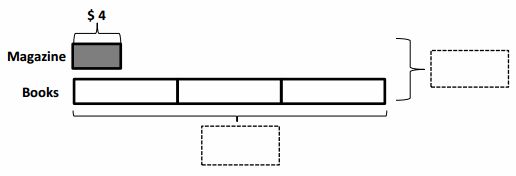
a. What is the total cost of the books?
b. How much does Ted spend altogether?
a. Total cost of the books is $24,
Explanation:
Given Ted buys 3 books and each book costs $8,
So, total cost of the books is 3 X $8 = $24.
b. Ted has spend $28 altogether,
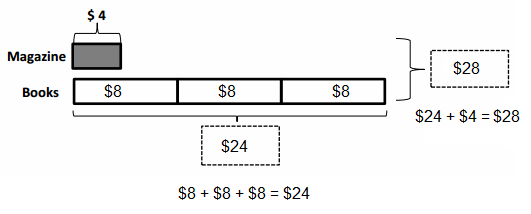
Explanation:
Given Ted buys 3 books and a magazine at the book store.
Each book costs $8 and A magazine costs $4, So total
amount spent is Cost of books + Cost of magazine =
(3 X $ 8) + $4 = $24 + $4 = $28.
Question 2.
Seven children share 28 silly bands equally.
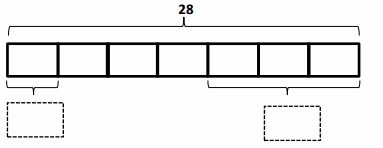
a. How many silly bands does each child get?
b. How many silly bands do 3 children get?
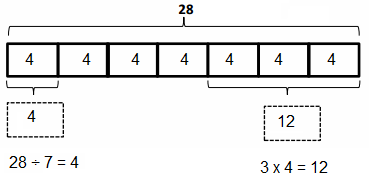
a. Each child gets 4 silly bands,
Explanation:
Given seven children share 28 silly bands equally,
so each child get 28 ÷ 7 = 4.
b. 3 children gets 12 silly bands,
Explanation:
We know each child gets 4 silly bands, So 3 children gets
3 X 4 = 12 silly bands.
Question 3.
Eighteen cups are equally packed into 6 boxes.
Two boxes of cups break. How many cups are unbroken?
12 cups are unbroken,
Explanation:
Given eighteen cups are equally packed into 6 boxes
means each box has 18 ÷ 6 = 3 cups.
Two boxes of cups break means 2 X 3 = 6 cups are broken,
Now number of cups unbroken are 18 – 6 = 12 cups.
Question 4.
There are 25 blue balloons and 15 red balloons at a party.
Five children are given an equal number of each color balloon.
How many blue and red balloons does each child get?
Each child gets 5 blue balloons and 3 red balloons in the party,
Explanation:
Given there are 25 blue balloons and 15 red balloons at a party.
Five children are given an equal number of each color balloon.
So each child gets blue balloons as 25 ÷ 5 = 5 and
red balloons as 15 ÷ 5 = 3.
Question 5.
Twenty-seven pears are packed in bags of 3.
Five bags of pears are sold. How many bags of pears are left?
4 bags of pears are left,
Explanation:
Given Twenty-seven pears are packed in bags of 3,
So number of bags of pears are 27 ÷ 3 = 9 bags,
and 5 bags of pears are sold, therefore left bags of pears
are 9 – 5 = 4 bags.
Eureka Math Grade 3 Module 1 Lesson 20 Exit Ticket Answer Key
Question 1.
Thirty-two jelly beans are shared by 8 students.

a. How many jelly beans will each student get?
b. How many jelly beans will 4 students get?
a. 4 jelly beans each student will get.
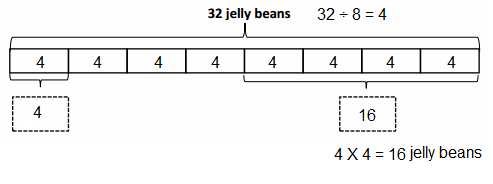
Explanation:
Given Thirty-two jelly beans are shared by 8 students,
So each student will get 32 ÷ 8 = 4 jelly beans.
b. 4 students will get 4 X 4 = 16 jelly beans,
Explanation:
As we know each student will get 4 jelly beans,
for 4 students it will be 4 x 4 = 16 jelly beans.
Question 2.
The teacher has 30 apple slices and 20 pear slices.
Five children equally share all of the fruit slices.
How many fruit slices does each child get?
Each child gets 6 apple slices and 4 pear slices,
Explanation:
Given the teacher has 30 apple slices and 20 pear slices,
Five children equally share all of the fruit slices.
So number of fruit slices each child gets is
30 ÷ 5 = 6 apple slices and 20 ÷ 5 = 4 pear slices.
Eureka Math Grade 3 Module 1 Lesson 20 Homework Answer Key
Question 1.
Jerry buys a pack of pencils that costs $3. David buys 4 sets of markers.
Each set of markers also costs $3.

a. What is the total cost of the markers?
b. How much more does David spend on 4 sets of markers than
Jerry spends on a pack of pencils?
a. Total cost of markers are $12,
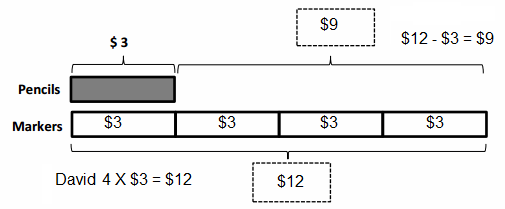
Explanation:
Given David buys 4 sets of markers,
Each set of markers costs $3, So total cost
of markers are 4 X $3 = $12,
b. $9 more David has spend on 4 sets of markers than
Jerry spends on a pack of pencils,
Explanation:
Given Jerry buys a pack of pencils that costs $3.
David buys 4 sets of markers. Each set of markers also costs $3
and we know total cost of markers is $12, Now more David has
than Jerry is $12 – $3 = $9.
Question 2.
Thirty students are eating lunch at 5 tables. Each table has
the same number of students.
a. How many students are sitting at each table?

b. How many students are sitting at 4 tables?

a. 6 students are sitting on each table,
Explanation:
Given thirty students are eating lunch at 5 tables.
Each table has the same number of students.
So number of students sitting at each table are
30 ÷ 5 = 6.
b. 24 students are sitting at 4 tables,
Explanation:
We know at each table there are 6 students sitting and
eating lunch, So at 4 tables there are 6 x 4 = 24 students
having lunch.
Question 3.
The teacher has 12 green stickers and 15 purple stickers.
Three students are given an equal number of each color sticker.
How many green and purple stickers does each student get?
Each student will get 4 green stickers and 5 purple stickers,
Explanation:
Given the teacher has 12 green stickers and 15 purple stickers.
Three students are given an equal number of each color sticker.
So number of green and purple stickers each student gets is
12 ÷ 3 = 4 green stickers and 15 ÷ 3 = 5 purple stickers.
Question 4.
Three friends go apple picking. They pick 13 apples on
Saturday and 14 apples on Sunday. They share the apples equally.
How many apples does each person get?
Each person will get 9 apples,
Explanation:
Given three friends go for apple picking. They pick 13 apples on
Saturday and 14 apples on Sunday and they share the apples equally.
Therefore number of apples each person will get is 13 + 14 = 27 apples,
27 ÷ 3 = 9 apples each.
Question 5.
The store has 28 notebooks in packs of 4. Three packs of
notebooks are sold. How many packs of notebooks are left?
4 packs of notebooks are left,
Explanation:
Given the store has 28 notebooks in packs of 4.
Three packs of notebooks are sold. So, number of
packs of notebooks are 28 ÷ 4 = 7 packs,
Now from 7 packs of notebooks 4 packs are sold,
So, left packs of notebooks are 7 – 3 = 4 packs.

